Best solar binoculars 2025: Sungaze without damaging your eyes
We've rounded up the best solar binoculars so you can zoom in on sunspots and eclipses without risking your eyes.
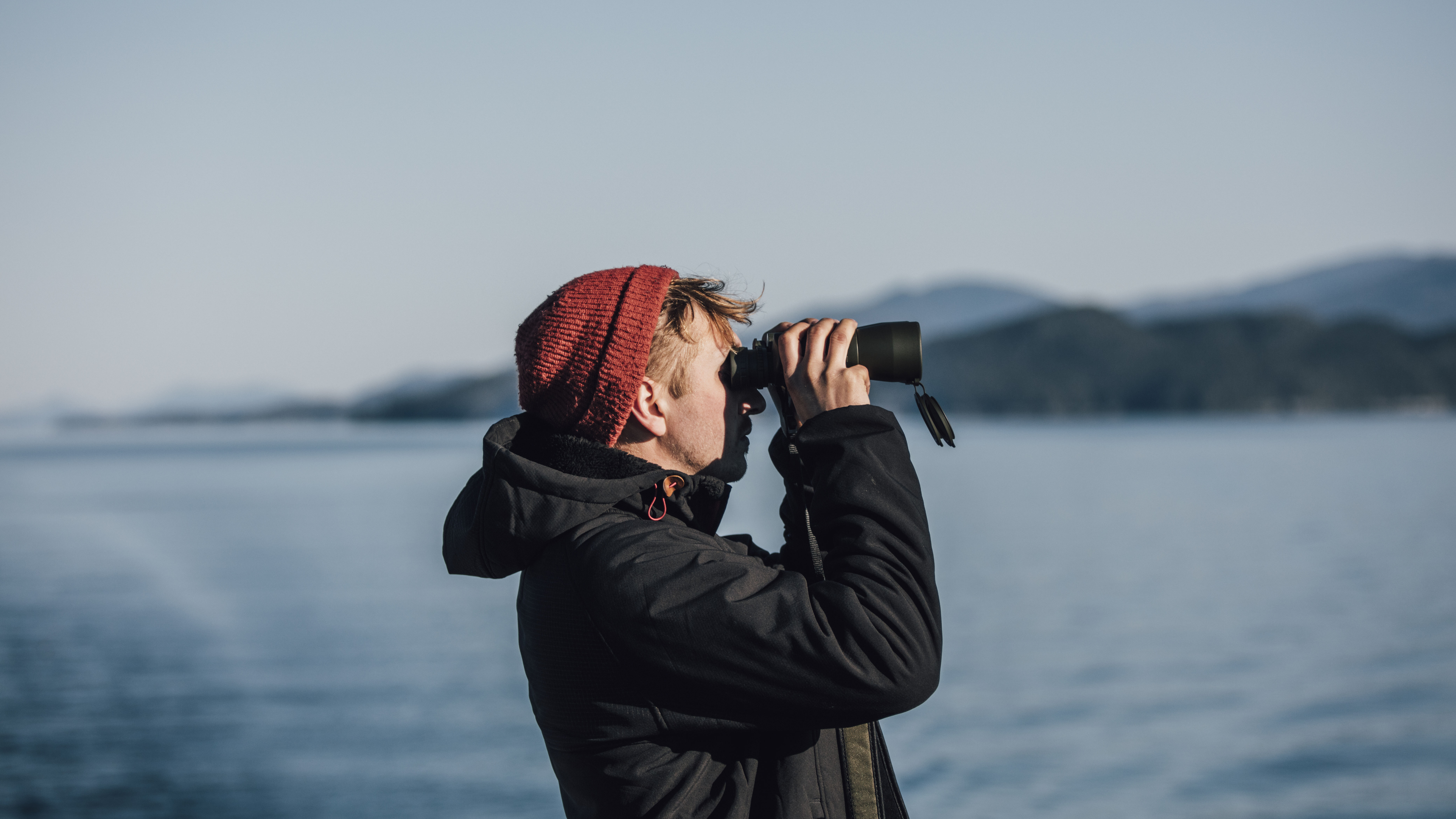
As stunning as eclipses can be, staring directly at the sun is a bad idea. It promises to be quite a sight, but it's not worth damaging your eyes for. That's why we've rounded up the best solar binoculars, which will let you zoom in on the sun and protect your eyes.
How do you know the best solar binoculars will let you observe the sun safely? Our experts have put these through their paces, but any solar binoculars must meet the ISO 12312-2 international safety specification to be deemed safe for solar viewing. Alternatively, if you're looking for general-purpose binoculars, take a look at our guide to the best binoculars.
The quick list
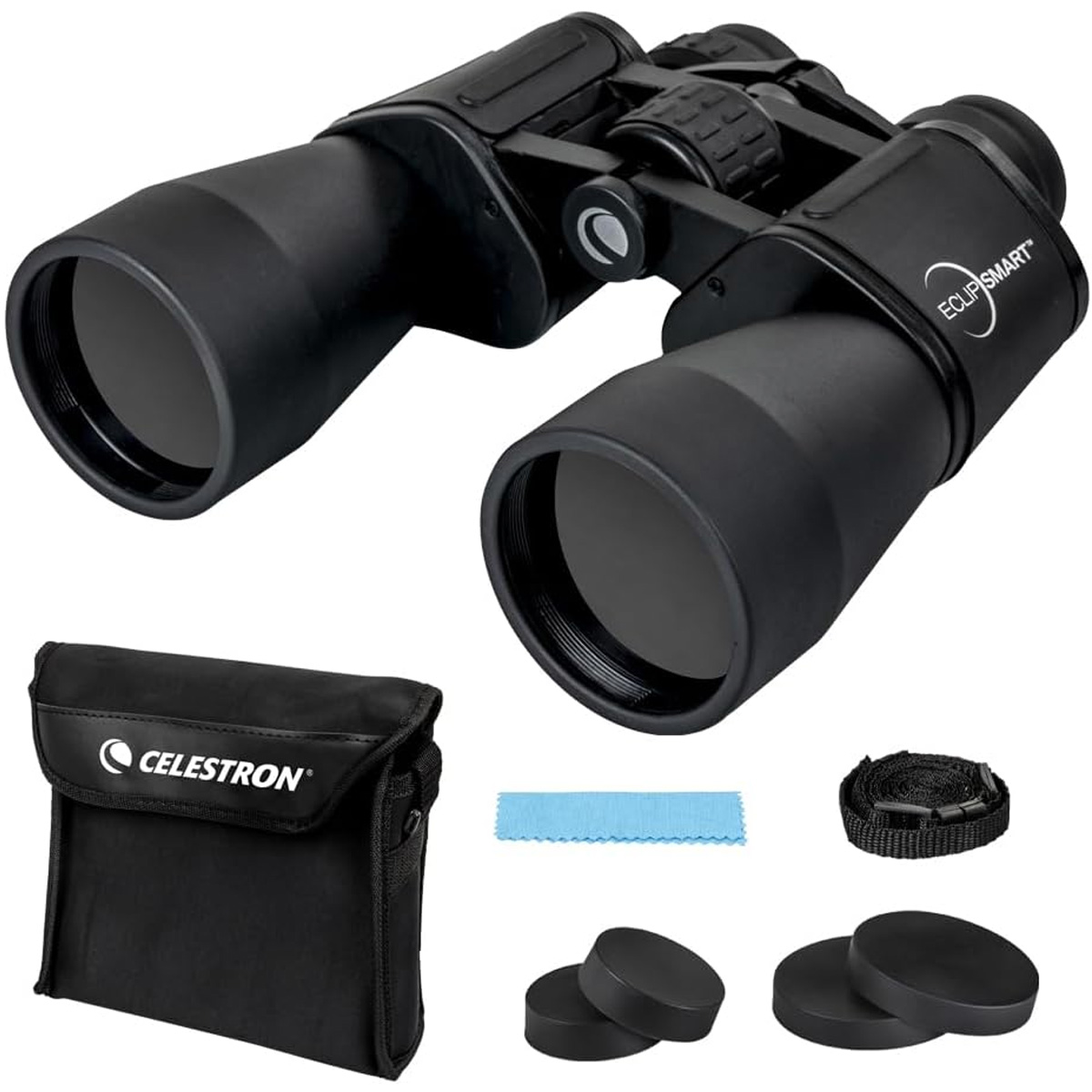
Best mid-range
If you want a strong pair of binoculars with great magnification levels, all without breaking the bank, these solar binoculars are as good as they come.
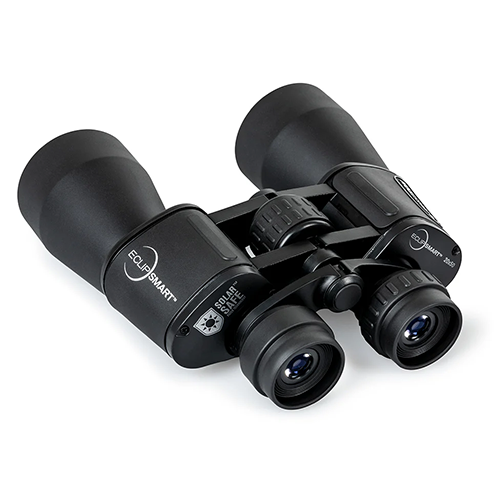
Best for magnification
If you're ready for a close encounter with the sun's surface these solar binoculars are hard to beat, though they're best used sitting down or with a tripod.
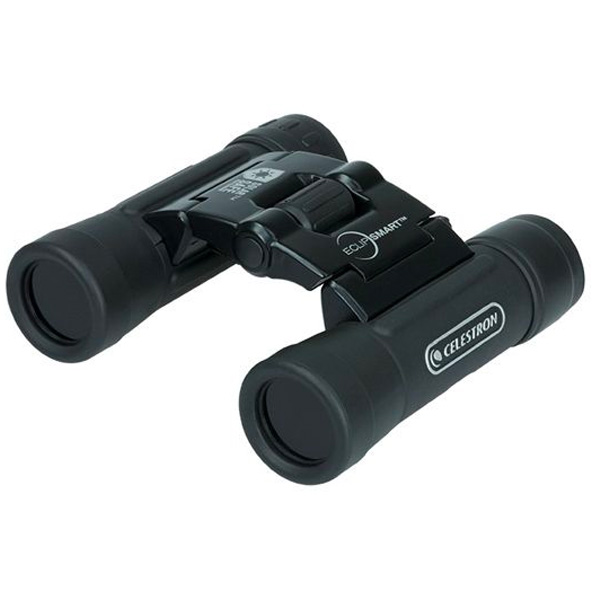
Best lightweight pair
Affordable and easy to use, the Celestron EclipSmart 10x25mm roof solar binoculars are a step up from solar eclipse glasses yet almost as compact.
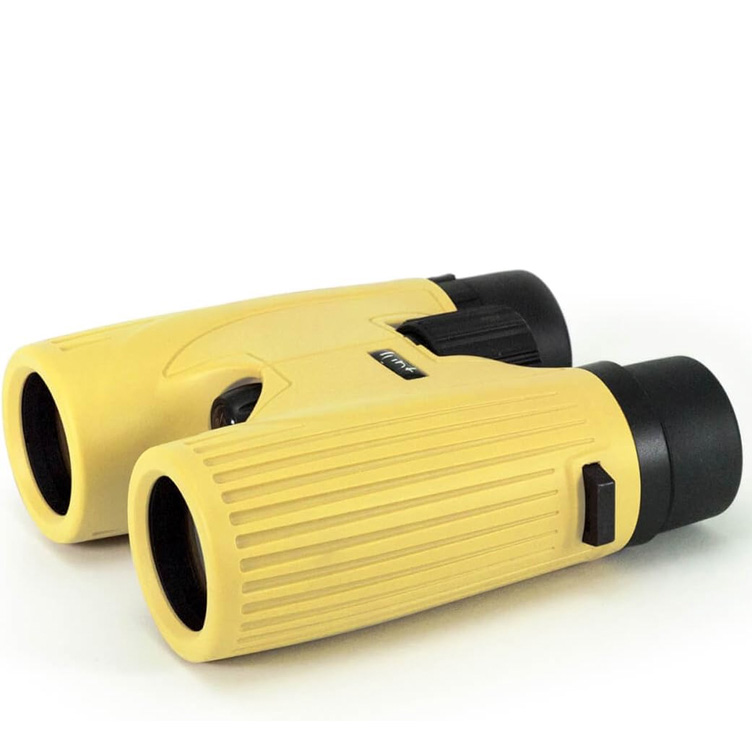
Best all-rounder
They seem to tick all the boxes — they're lightweight, have good magnification for tracking the eclipse and seeing sunspots, are easy to use and come with useful accessories.
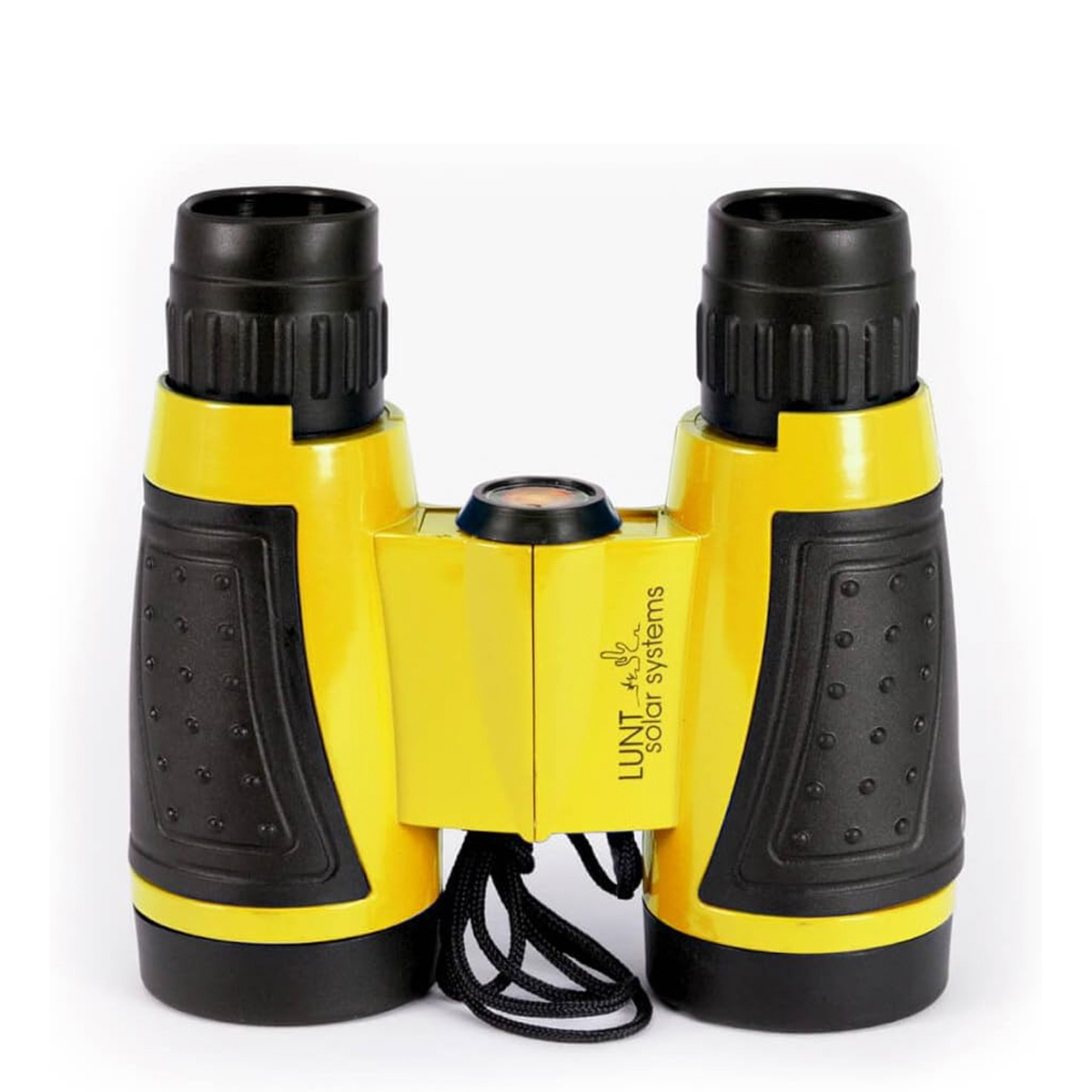
Best budget pair
Affordable, lightweight and easy to use, these LUNT 6x30 mini SUNoculars are a nifty little pair for kids and adults to track solar views on a budget.
The best solar binoculars we recommend in 2025
Why you can trust Space.com
Best mid-range
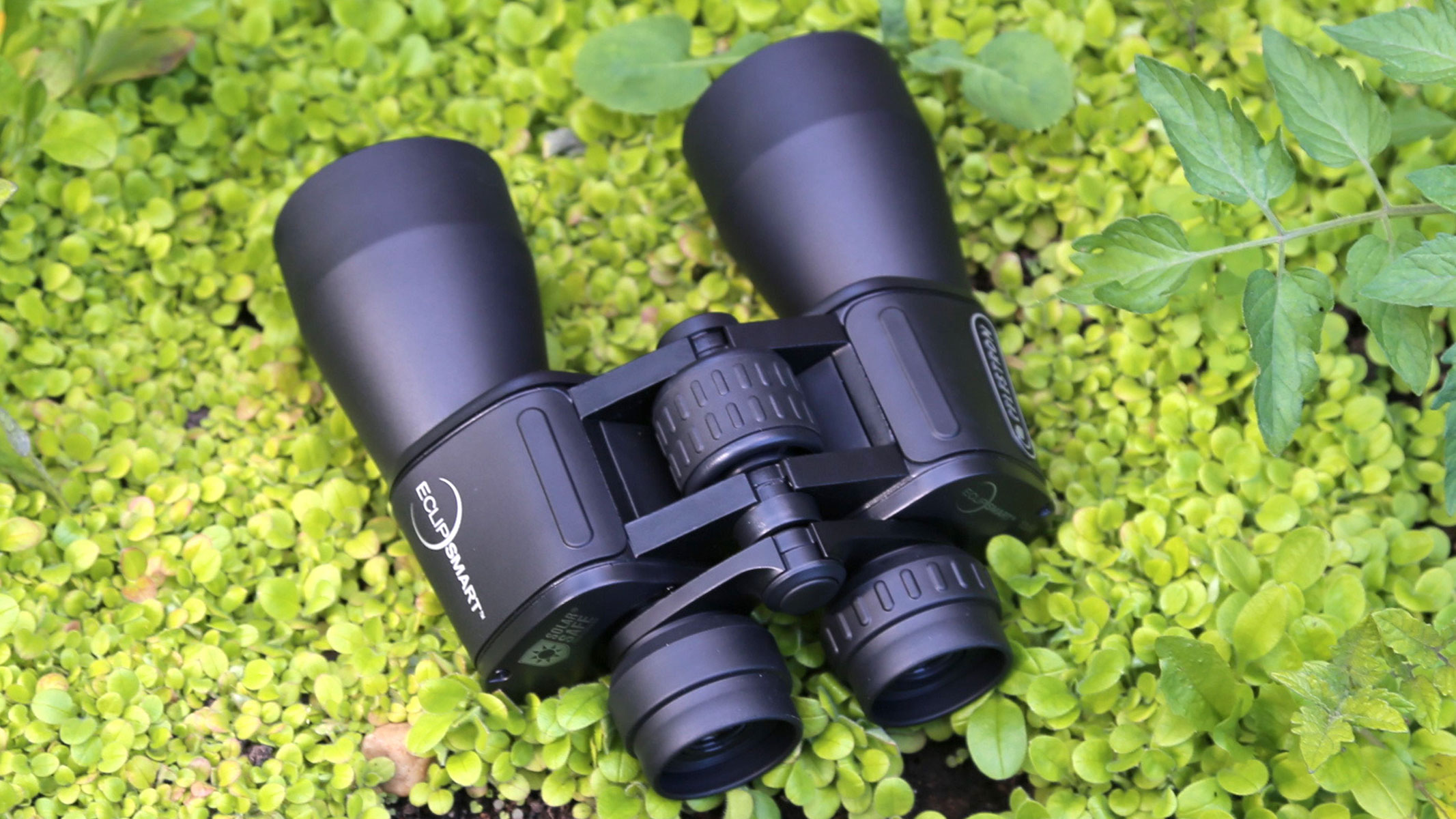
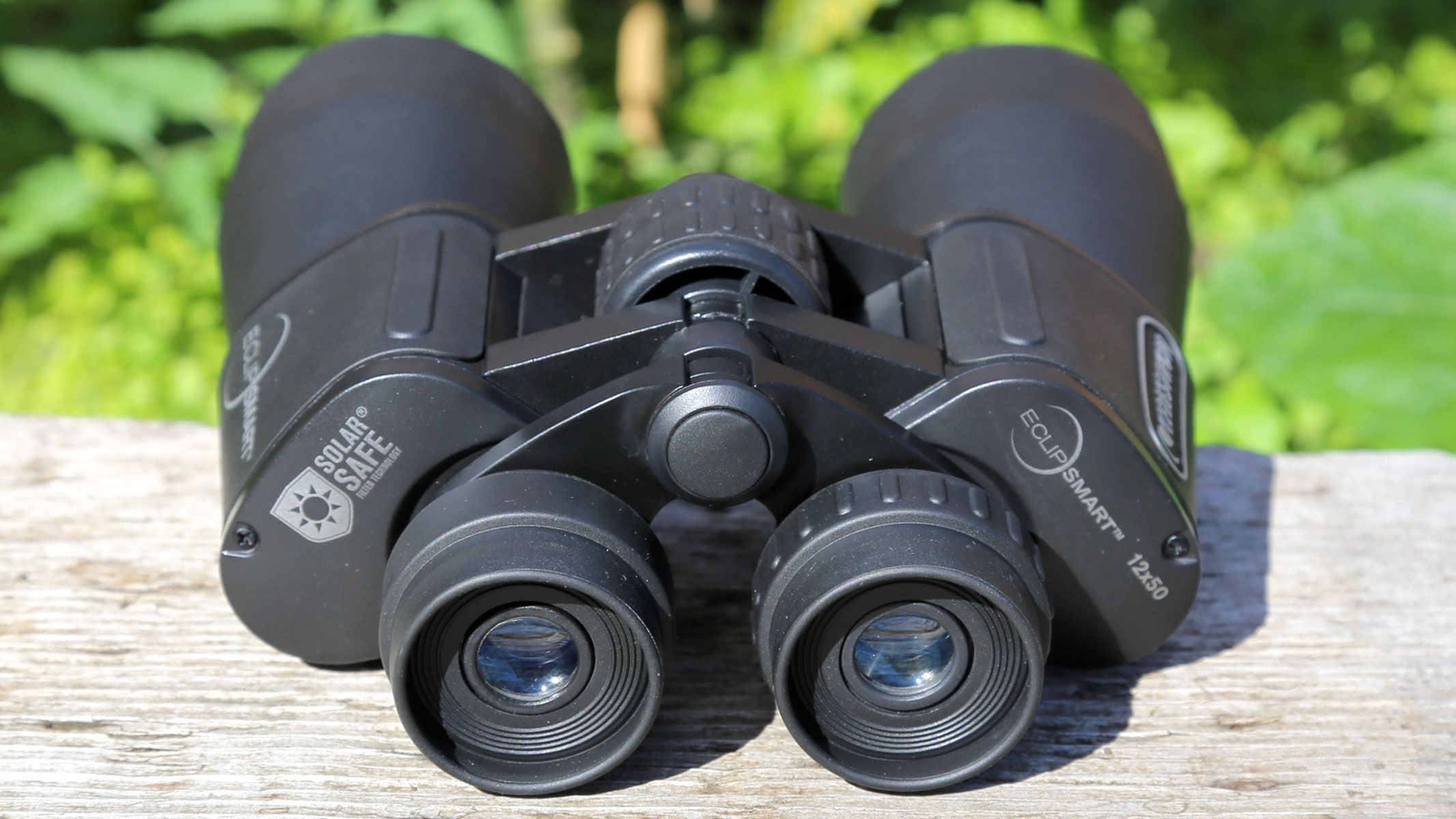
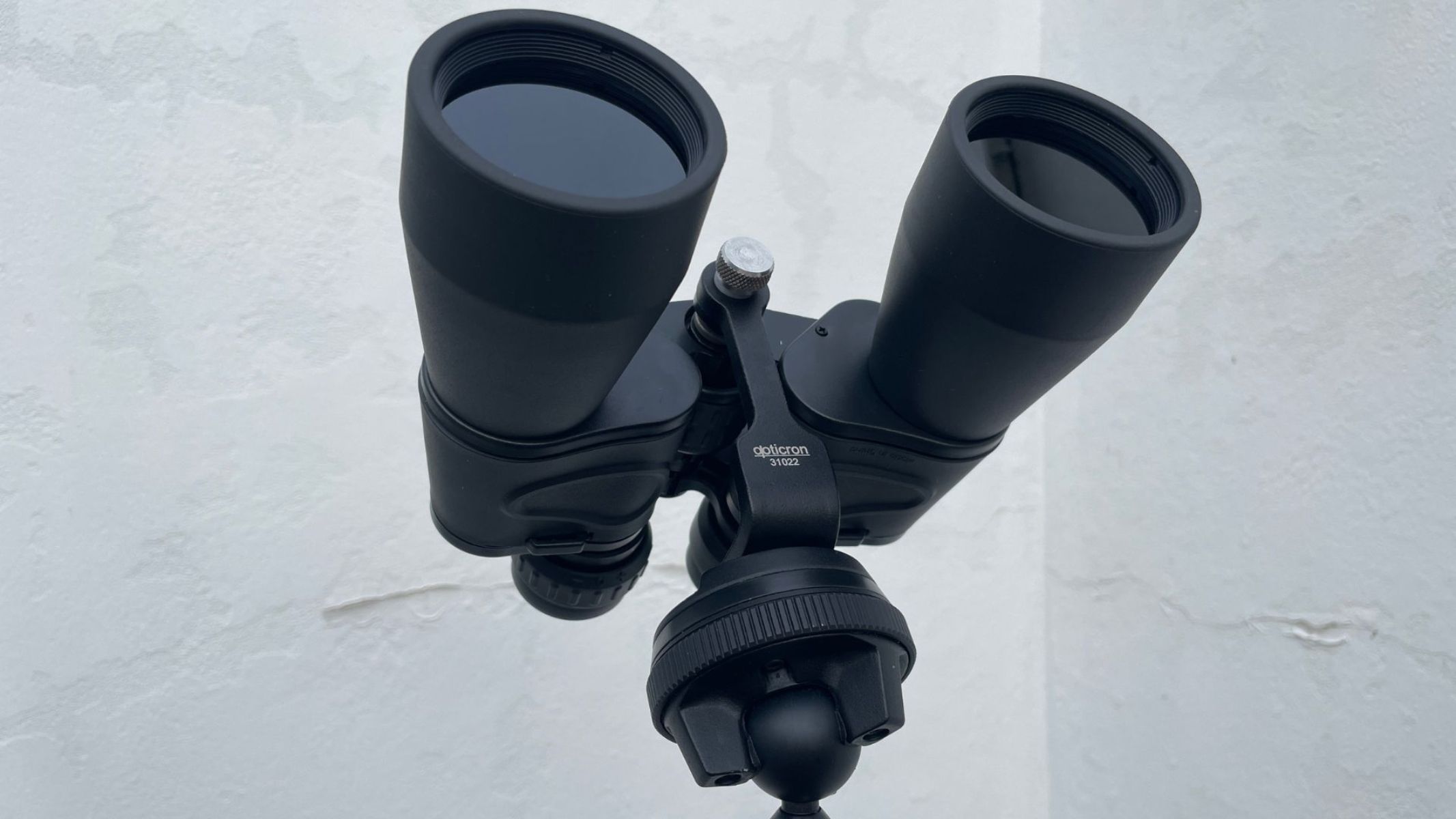
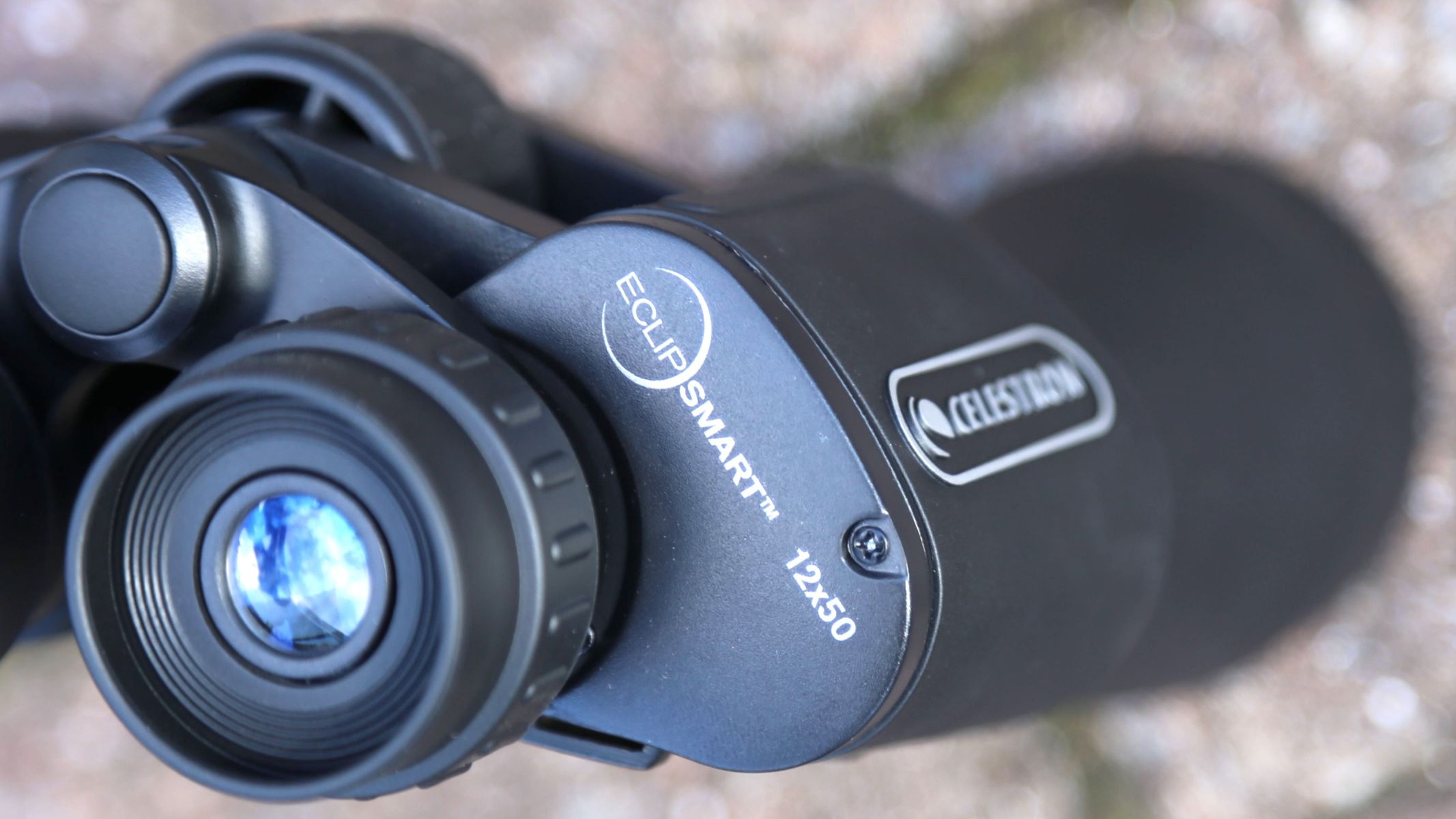
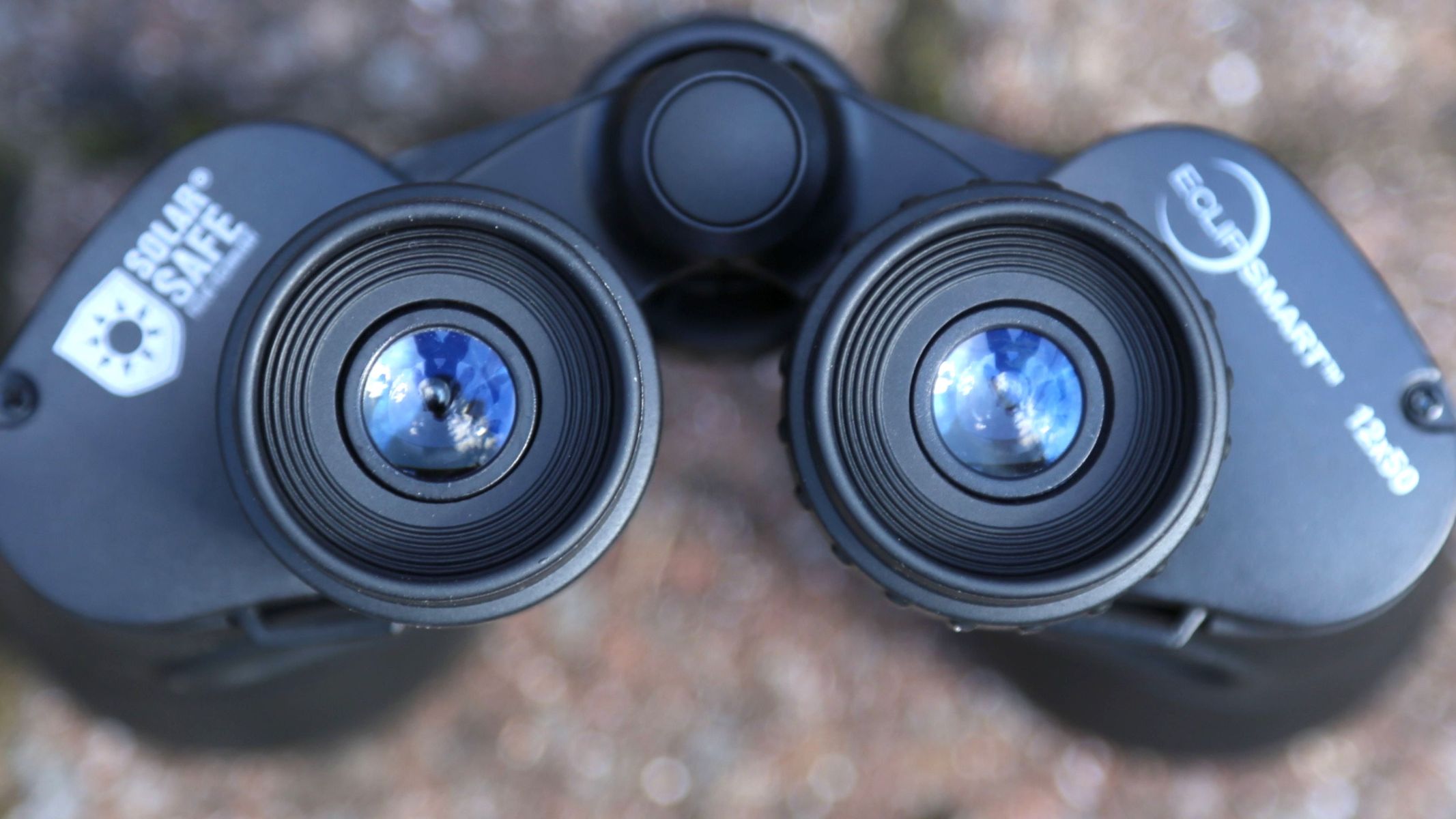
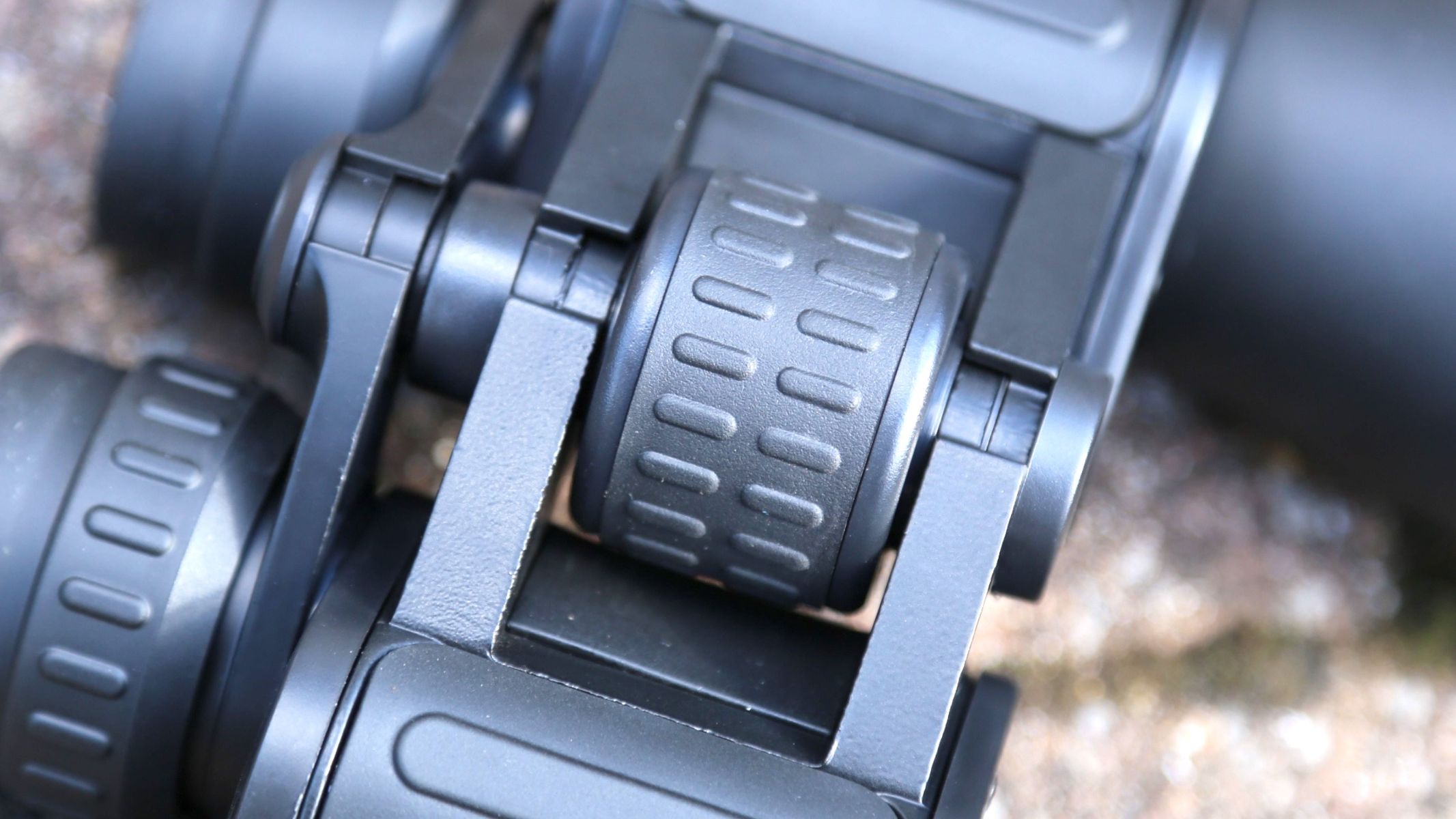
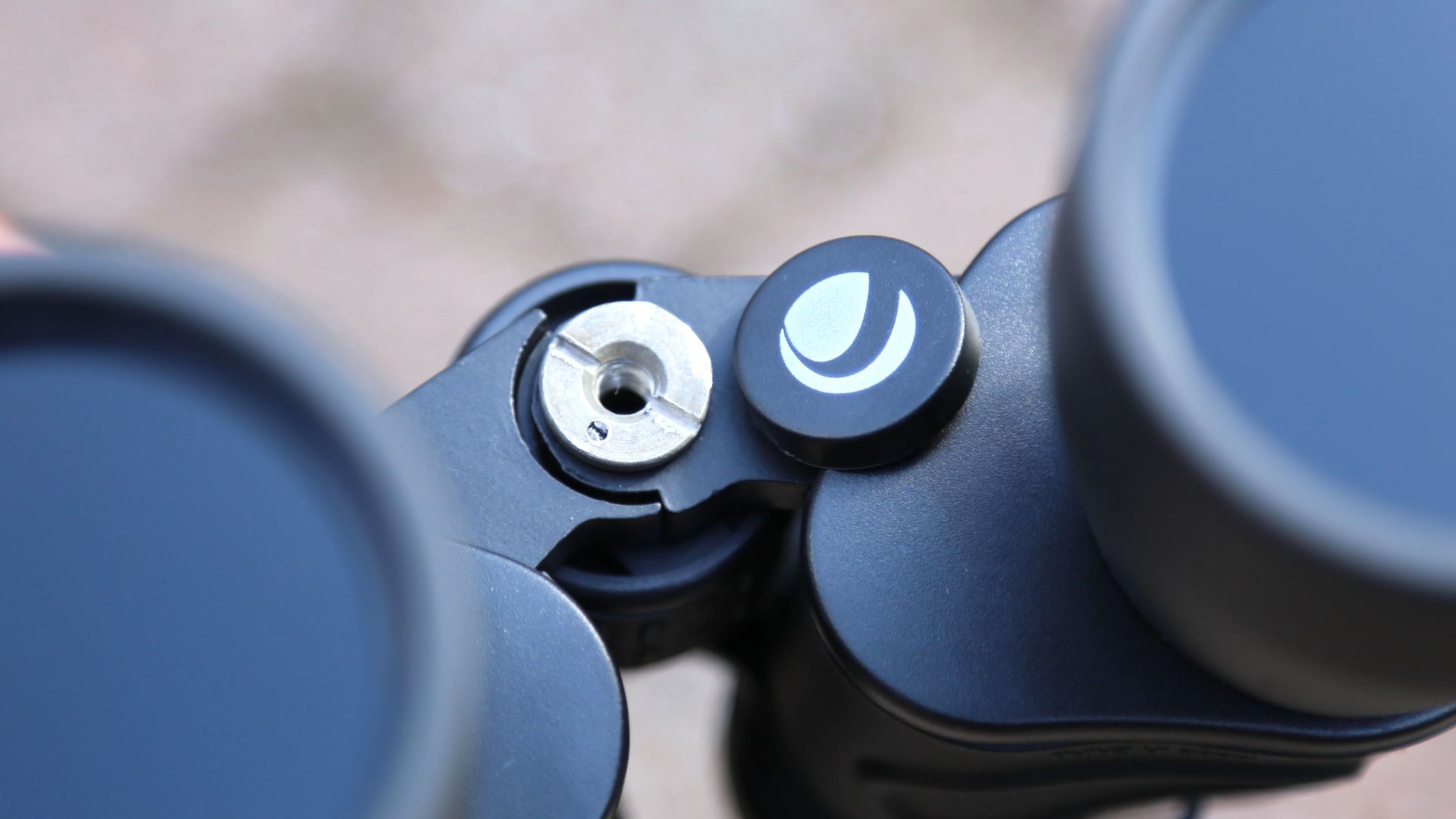
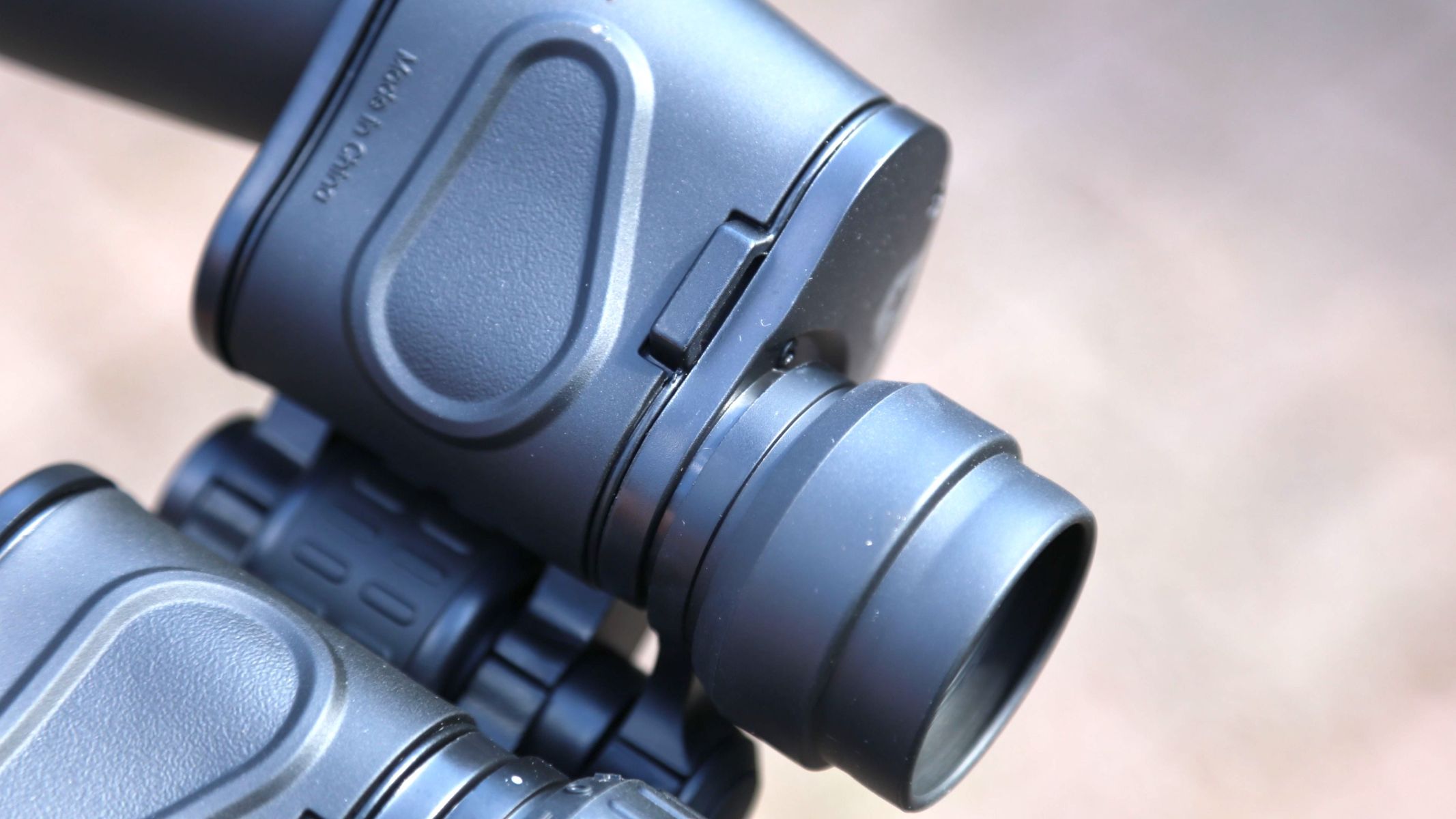
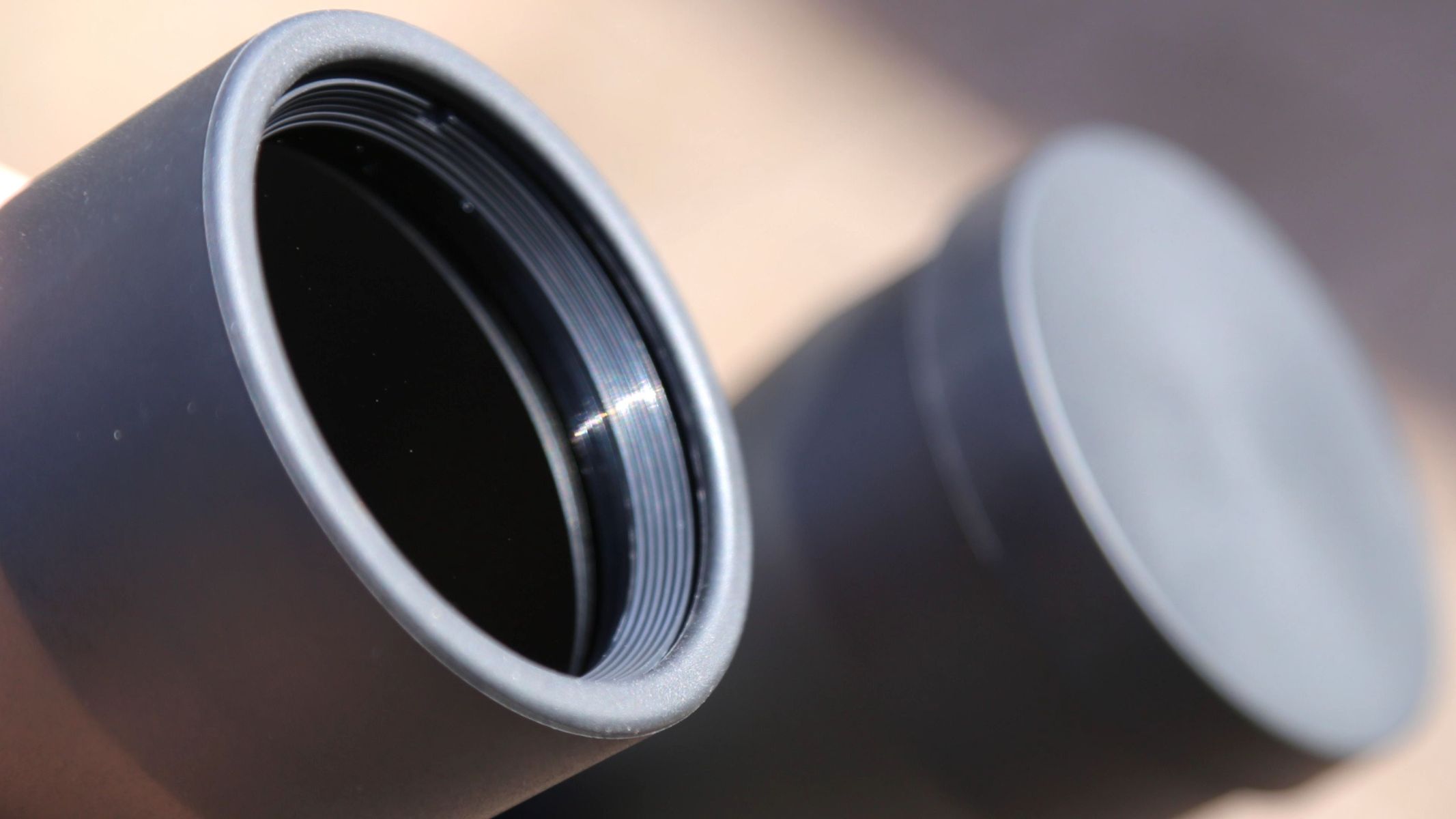
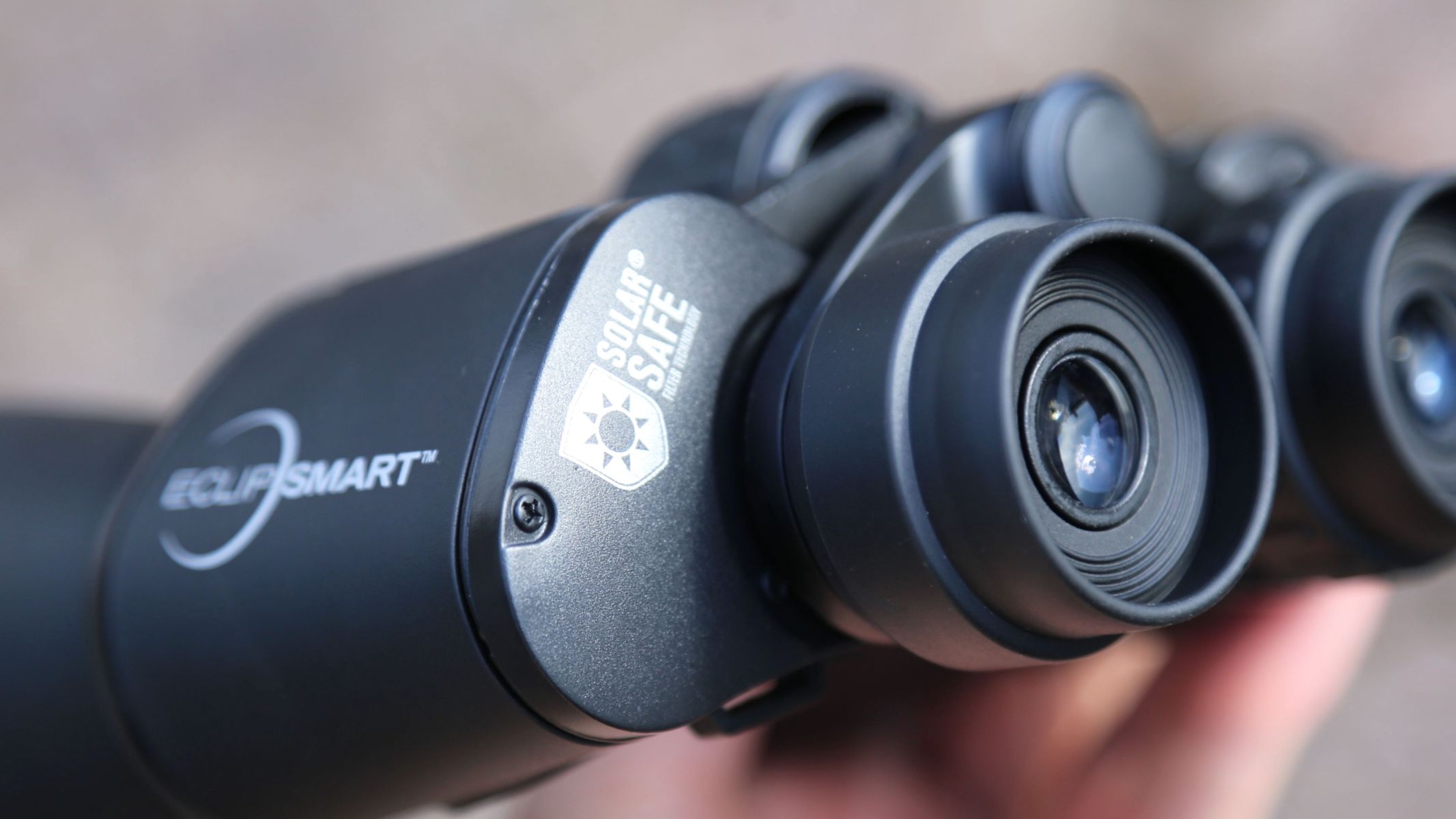
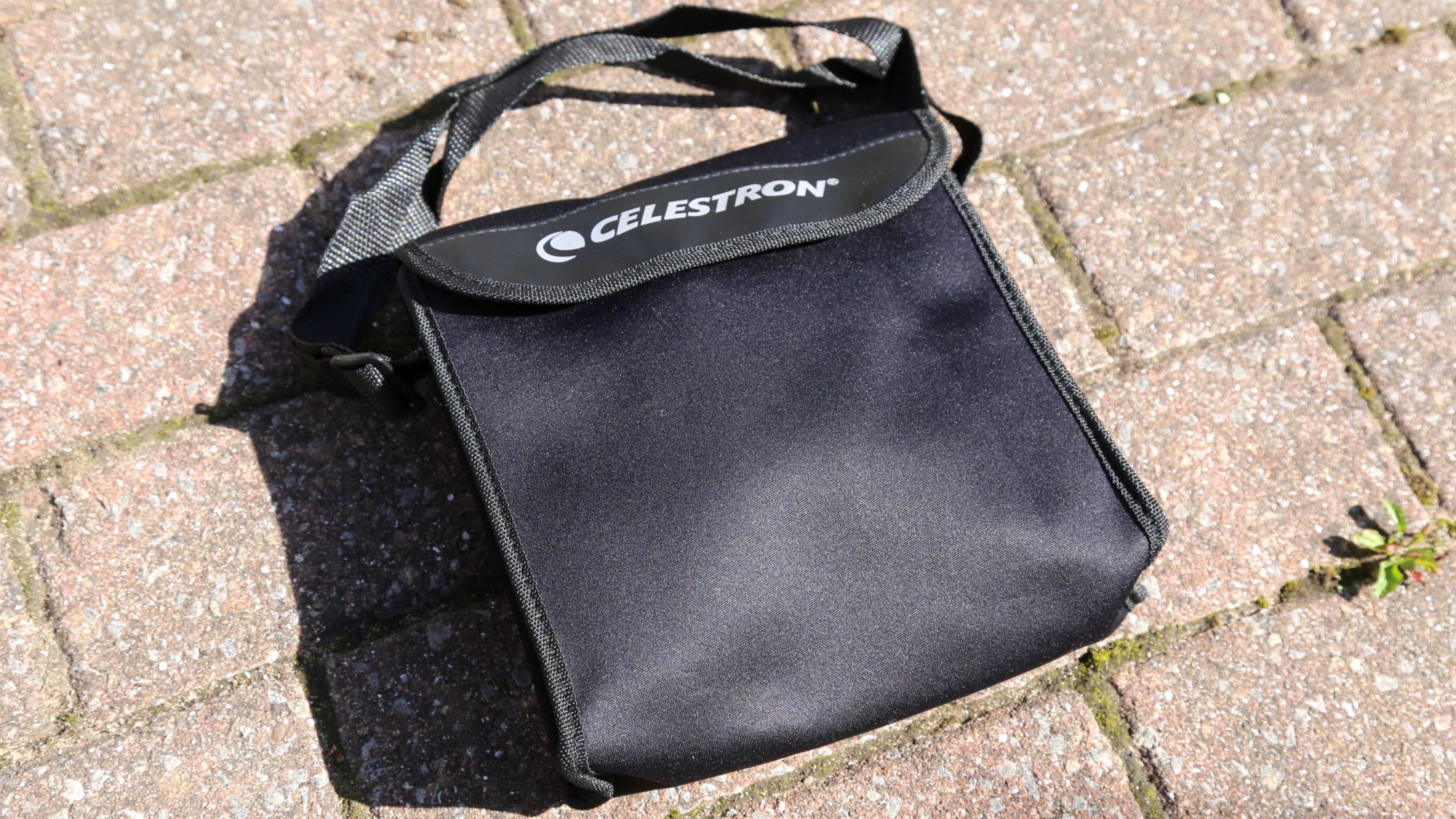
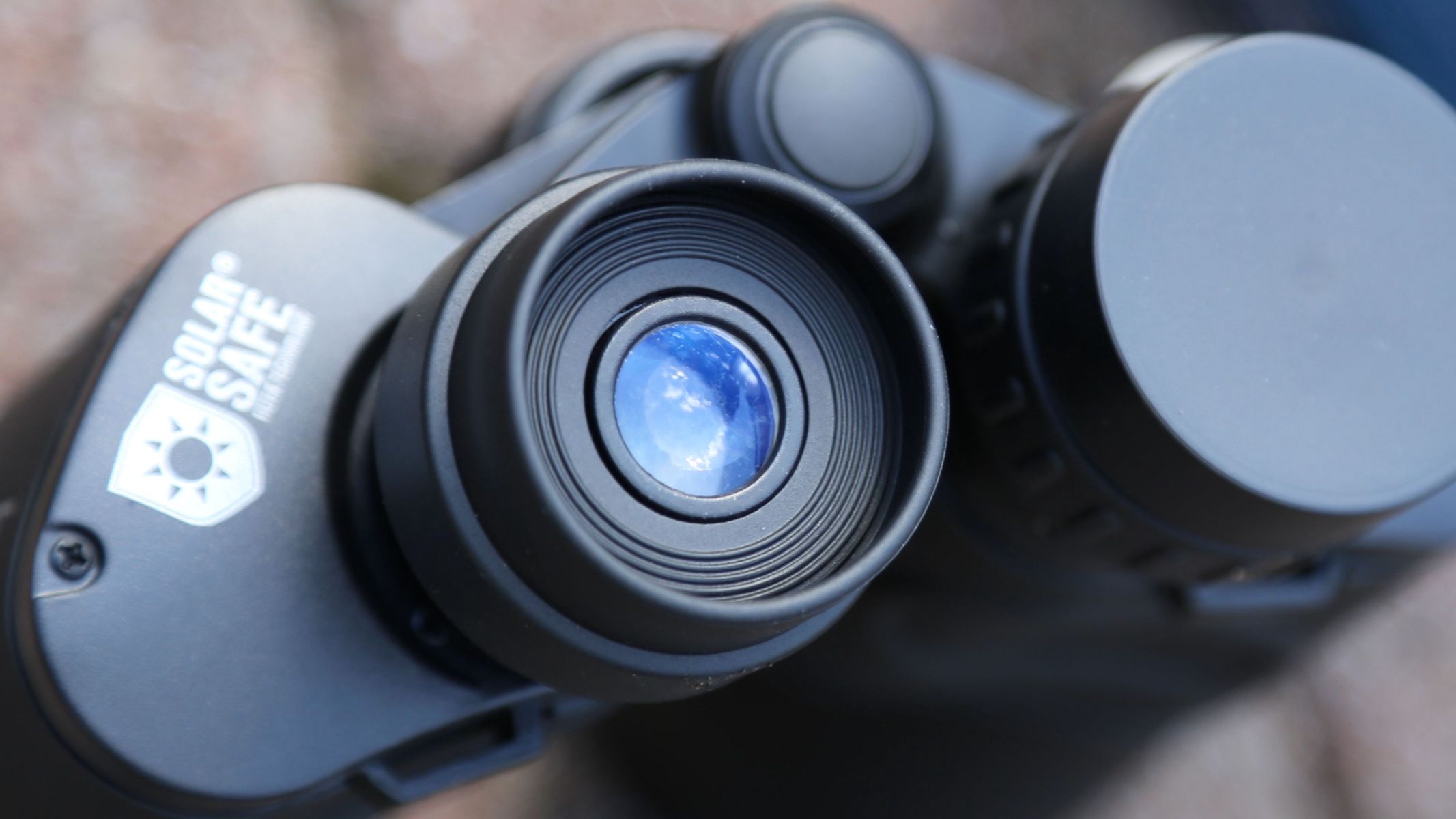
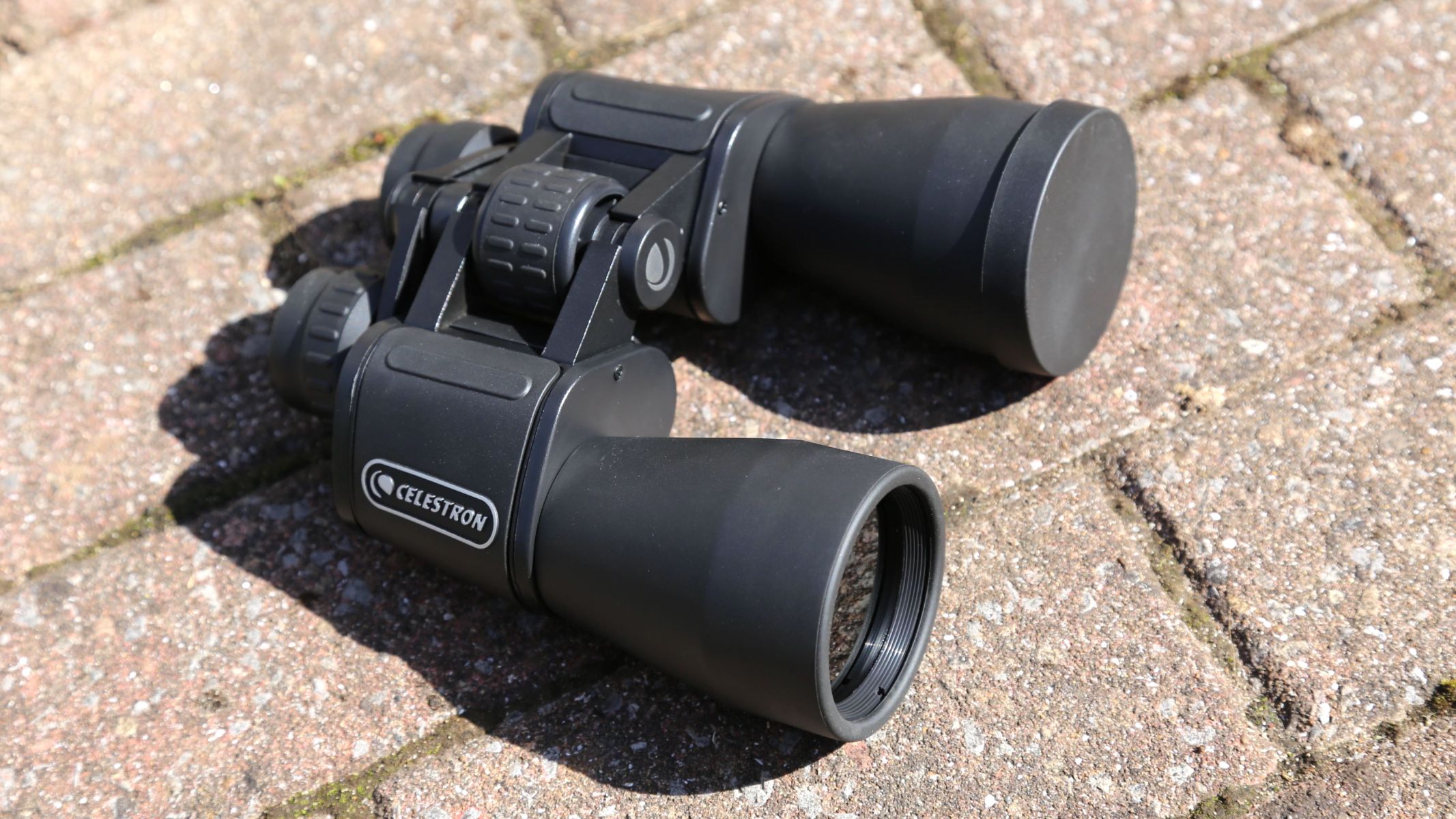
Specifications
Reasons to buy
Reasons to avoid
✅ You don't want to transport your telescope: They work as a good alternative to eclipse-chasers who don't want to transport all their telescope gear.
✅ You want a pair that lasts: They're a great choice if you want a pair that you can use again and again.
❌ You won't use them again: If you only want to view an upcoming eclipse and nothing beyond that, there are more affordable options.
❌ You want a lightweight pair: They are fairly heavy and bulky, so are better used when sitting down or mounting them on a tripod.
🔎 Celestron EclipSmart 12x50: Specialist binoculars that offer a great close-up view of sunspots. However, their bulky size means they require a little patience, practice and preparation. They're a wise choice if you're after something serious that will last beyond the next eclipse. ★★★★
You should consider the Celestron EclipSmart 12x50 if you're hoping to get up close and personal with the sun anytime soon — and they offer incredible close-up views of sunspots and other details.
With a fantastic 12x magnification, you can see the sun 12x bigger than you would with the naked eye, and you'll benefit from 50mm lenses with solar filters ingrained into them from the outset. Unlike regular binoculars, you can guarantee the security of appreciating these views without risking eye damage, given the Celestron EclipSmart 12x50 binoculars meet the 12312-2:20 international safety standard.
The porro prism design is renowned for producing good contrast, clarity and less light loss compared to roof prisms, giving these the advantage over the other pairs in this guide. There was a small amount of color fringing, but it was neither unusual nor distracting.
The main thing that could be a potential 'make or break' of these solar binoculars is their size and weight. Not only does the weight make them uncomfortable to use for long periods, but the weight coupled with the higher magnification also makes them more difficult to hold them still to get a steady image. We'd recommend using them on a tripod for a better experience and avoid any frustrating wobble, or take a lawn chair with you and use them sitting down. If you want even more magnification, they also sell a 20x50 pair, but these will absolutely need to be mounted on a tripod.
In our Celestron EclipSmart 12x50mm solar binocular review, we did note that some of the other parts and accessories left a bit to be desired — the eyecups were separate and easy to lose and the neck strap is a little on the slim side.
They may require a bit of patience and practice at first, as trying to find the sun in the sky with 12x magnification is not as easy as you'd first think. Plus, the solar filters mean the sun is the only thing you can actually see when you look through them. But overall, we think they're a fantastic option for taking a look at solar spectacles, and you can also use them to view sunspots to avoid them spending their lives sitting in a drawer only to come out at special solar events.
- Read our full Celestron EclipSmart 12x50 solar binocular review
Attributes | Notes |
|---|---|
Design | Heavy and bulky, best used on a tripod. |
Performance | Some color fringing, but otherwise a great view. |
Functionality | Tripod adapter jack included. |
Best for magnification

Specifications
Reasons to buy
Reasons to avoid
✅ You want a durable pair: These binoculars can withstand harsh weather conditions and environments, and they're perfect for use outdoors.
✅ You want the closest possible views: With x20 magnification, you won't get much more detailed views of the sun.
❌ You want something lighter: The weight of these binoculars might be enough to put you off given they can be uncomfortable after prolonged use.
❌ You might struggle with the magnification: If you don't need to get too close to anything you're viewing, you might want to consider an alternative.
🔎 Celestron EclipSmart 20x50: These binoculars offer a great view of the sun at maximum magnification levels. You'll need to practice getting the best view of the sun at x20, and they work best with a tripod, but they're a great pair and highly durable. ★★★½
The Celestron EclipSmart 20x50 is a great pair of binoculars if you're hoping to get the closest view of the sun without shelling out for a more expensive telescope. This pair is worth slightly more than the excellent Celestron EclipSmart 12x50, but it's well worth the admission fee if you're keen to prioritize stunning close-up views of sunspots or any solar views.
Made from rubber-armored aluminum housing, these binoculars are a rugged and durable pair that are perfect for taking with you as you venture outdoors. Folding eyecups also means you can use these comfortably if you're wearing glasses. Like the 12x50 pair, however, the 2 lbs (0.91 kg) weight might be a problem if you're planning on using them over longer durations, not to mention the sheer size of them — they can be rather uncomfortable if you were looking for something a little more portable and versatile. Like with the Celestron Eclipsmart 12x50 binoculars, we would recommend exploring the feasibility of getting a tripod to go along with it.
But the key selling point of this pair is the magnification level. You can see the sun 20x bigger than you would with the naked eye, not that we'd recommend that. You also get the same 50mm lenses in the aforementioned Celestron binoculars—offering a fantastic field of view so you can see the complete solar disk without panning side-to-side.
Using this pair of binoculars to catch breathtaking views of the sun also means you can do so with peace of mind. Like other options in our guide, the Celestron EclipSmart 20x50 binoculars meet the12312-2:20 international safety standard — meaning no risk of permanent eye damage.
- Read our full Celestron EclipSmart 20x50 solar binoculars review
Attributes | Notes |
|---|---|
Design | Heavy and bulky but built to last. |
Performance | Offers strong views of the sun. |
Functionality | Tripod adapter jack included. |
Best lightweight pair
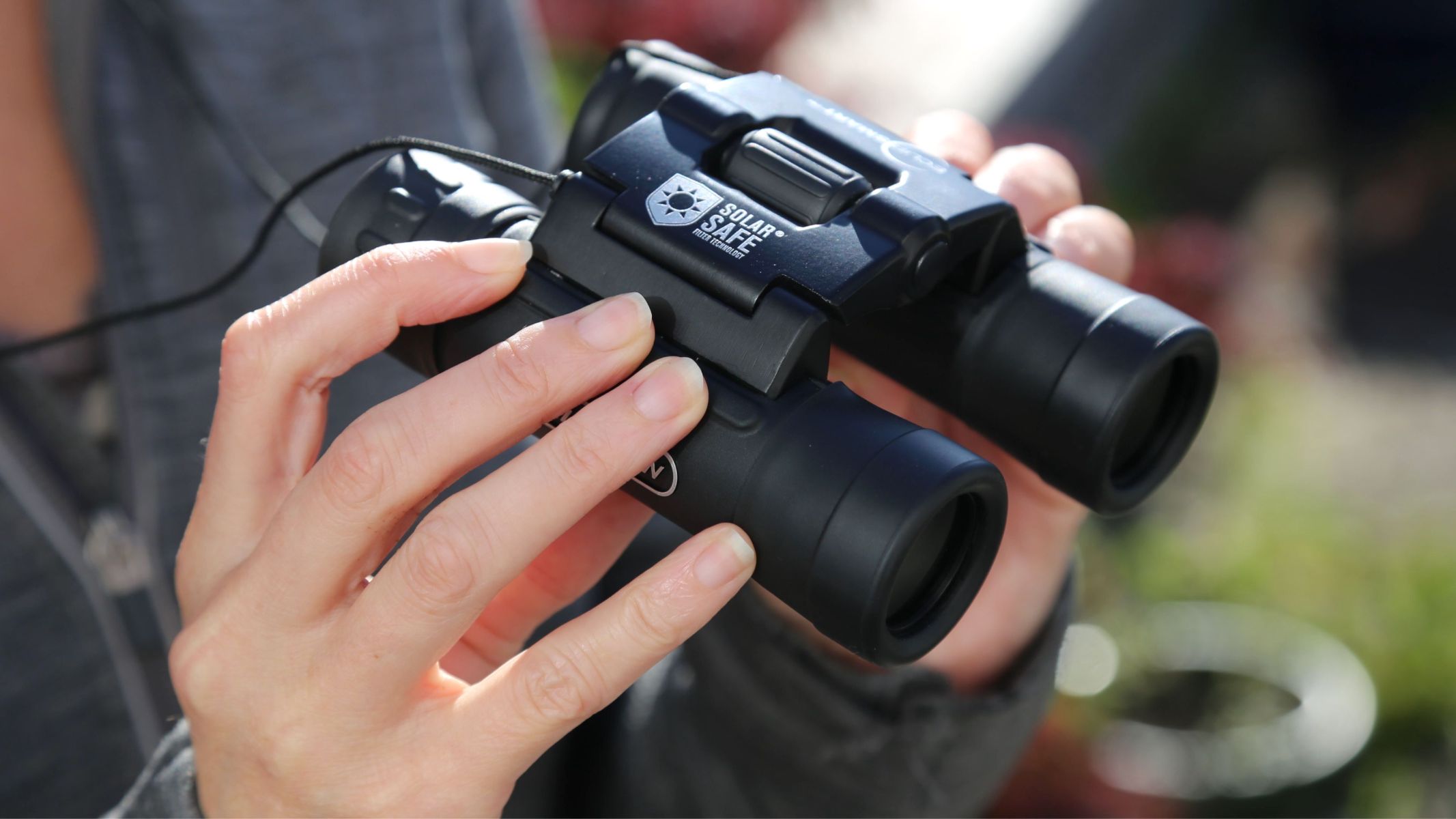
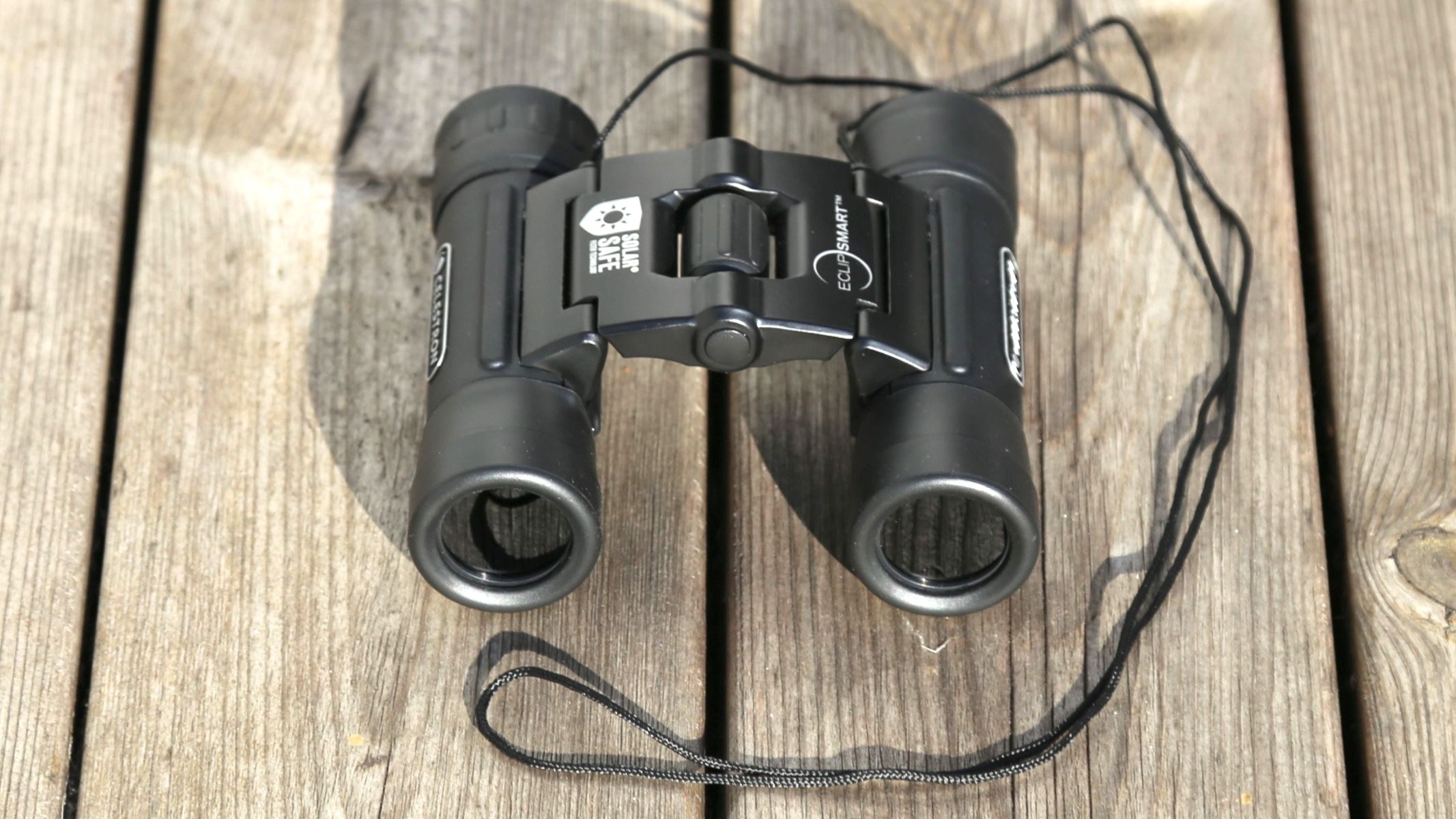
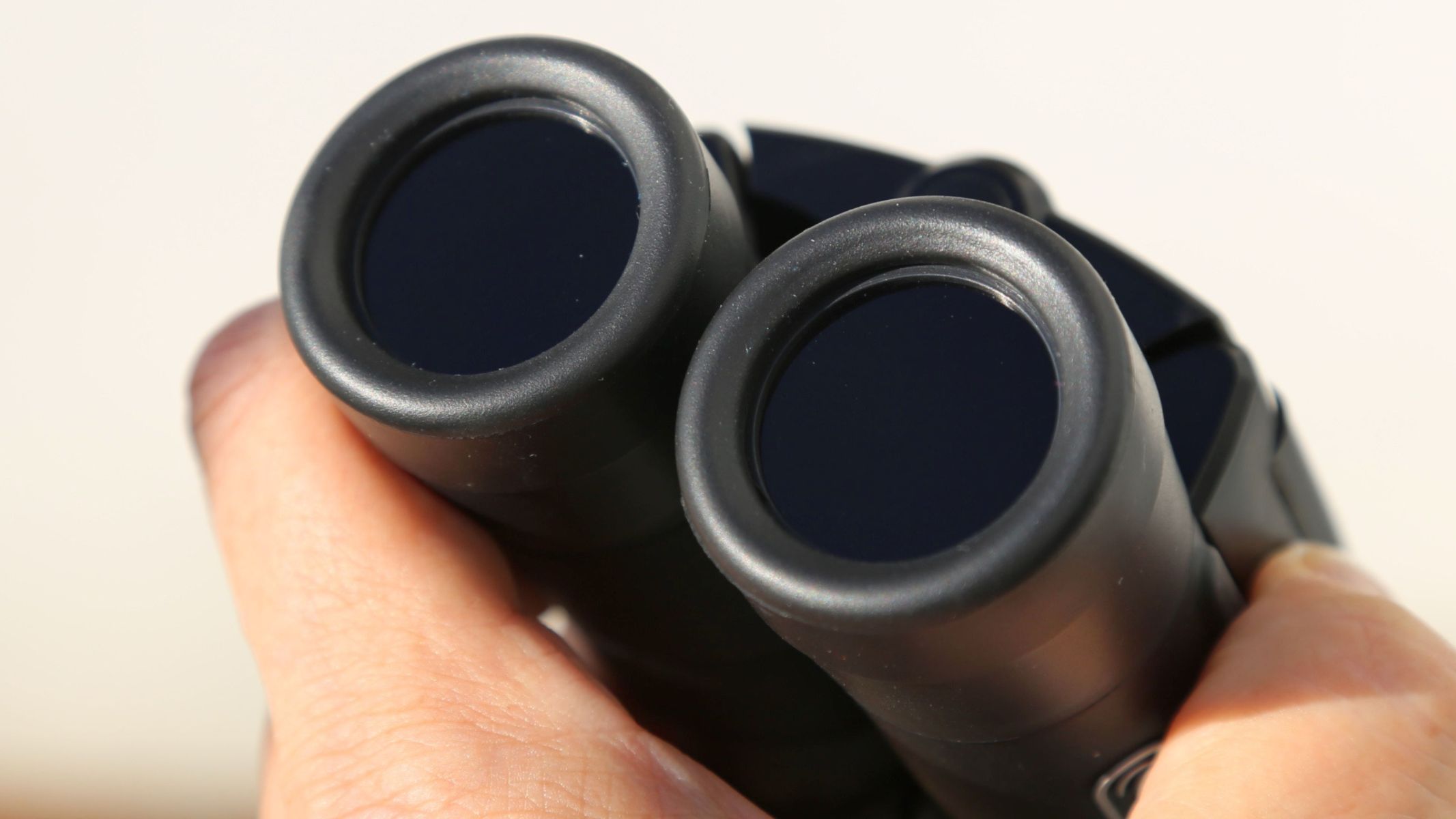
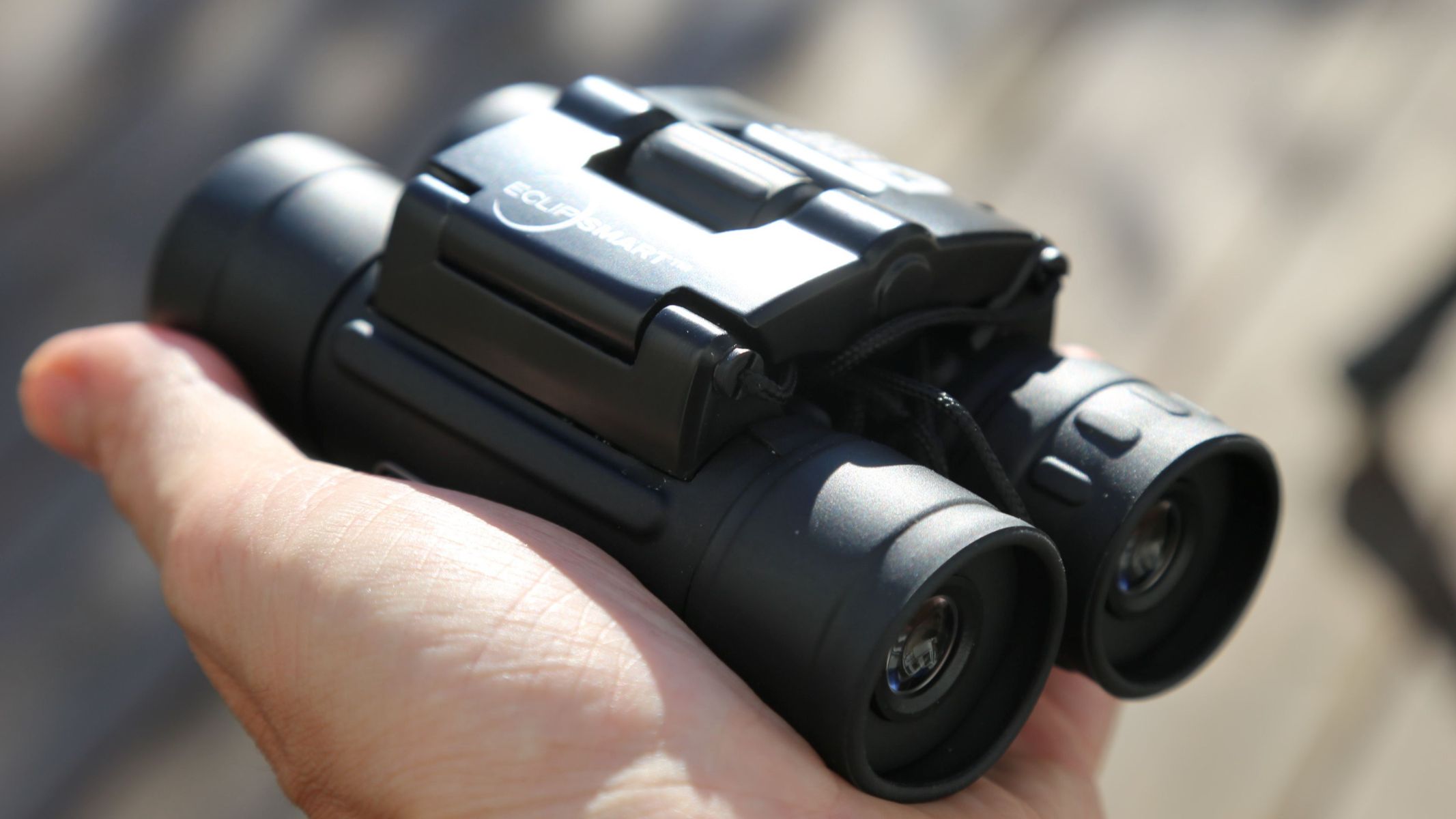
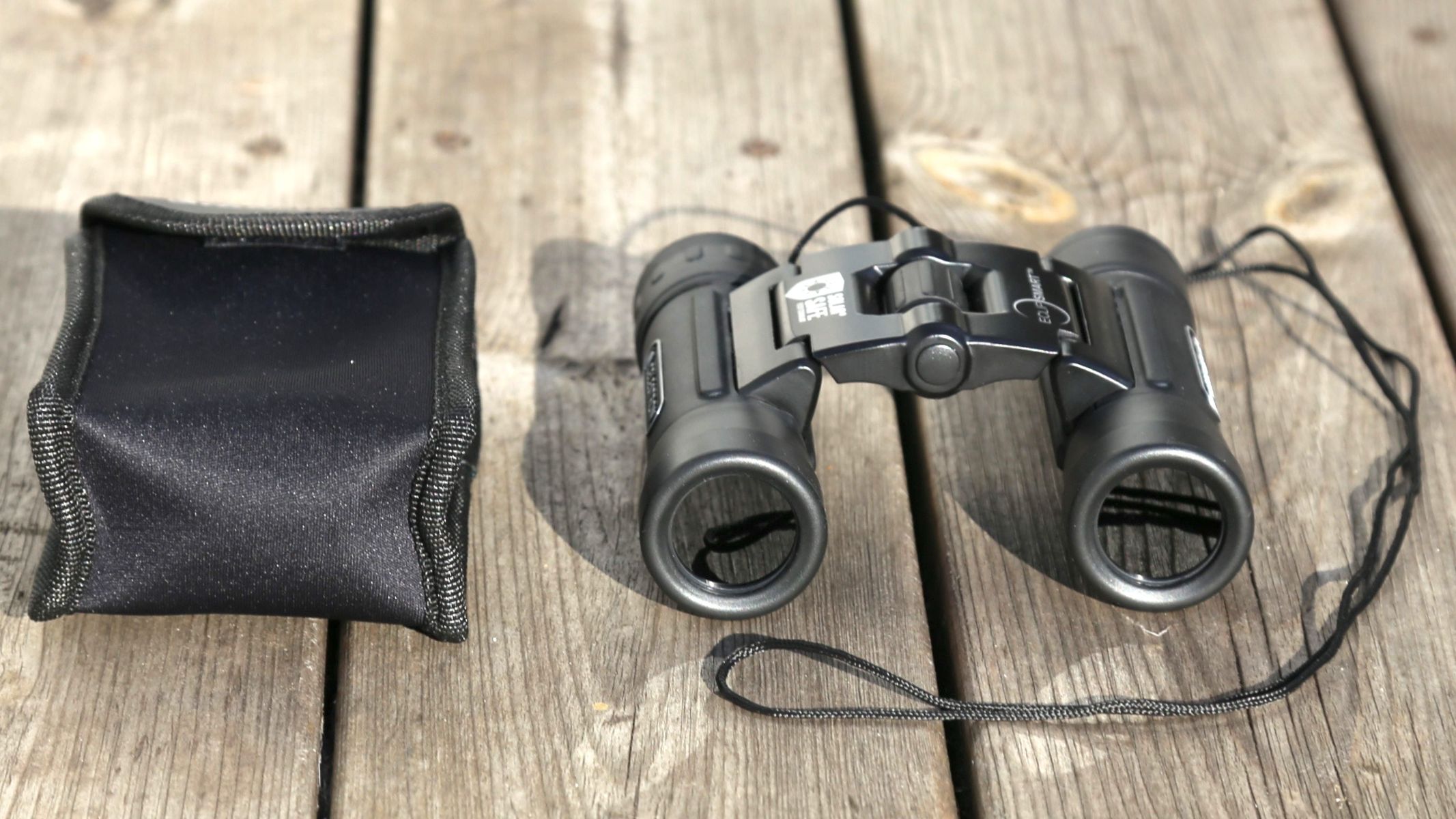
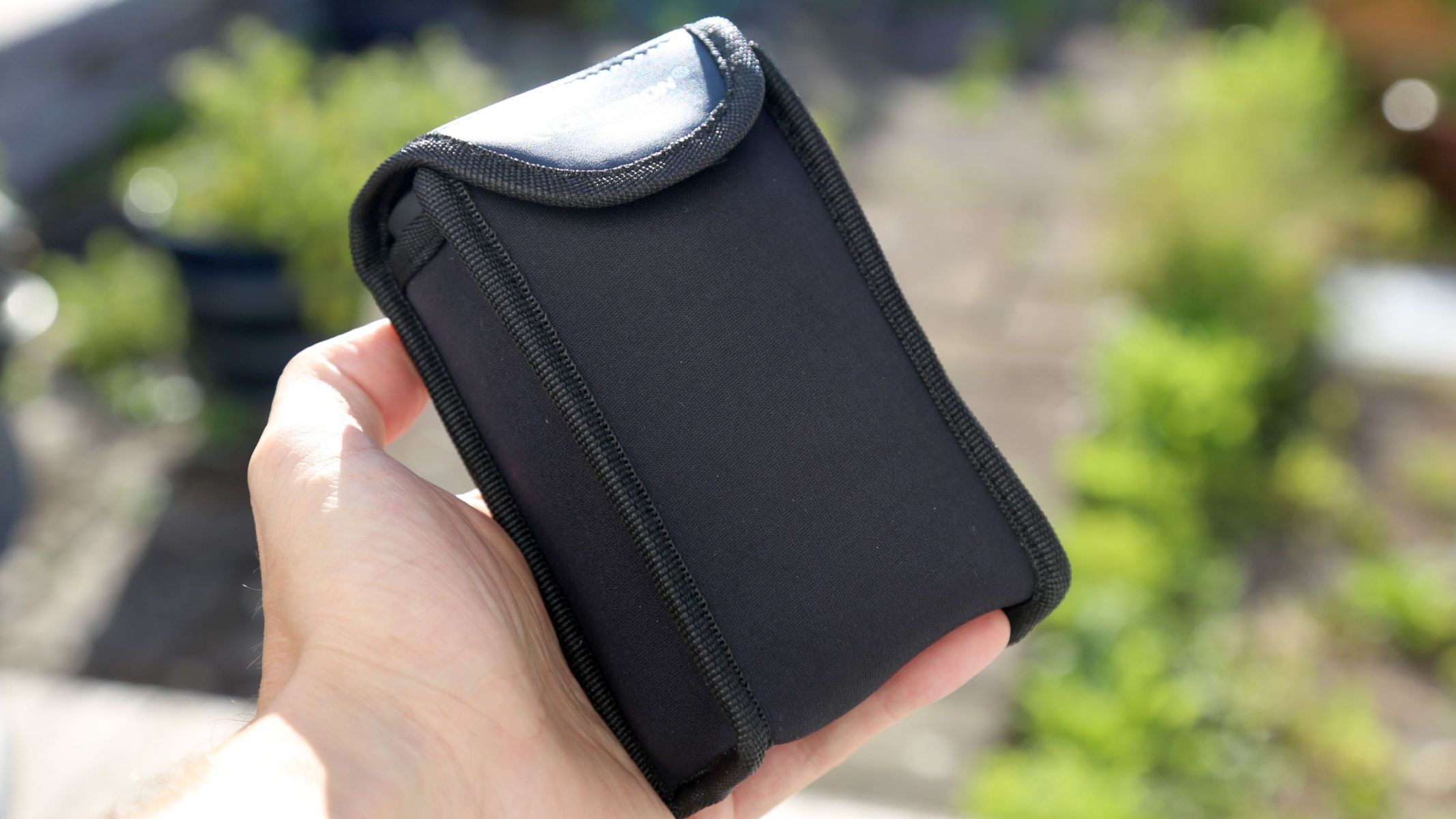
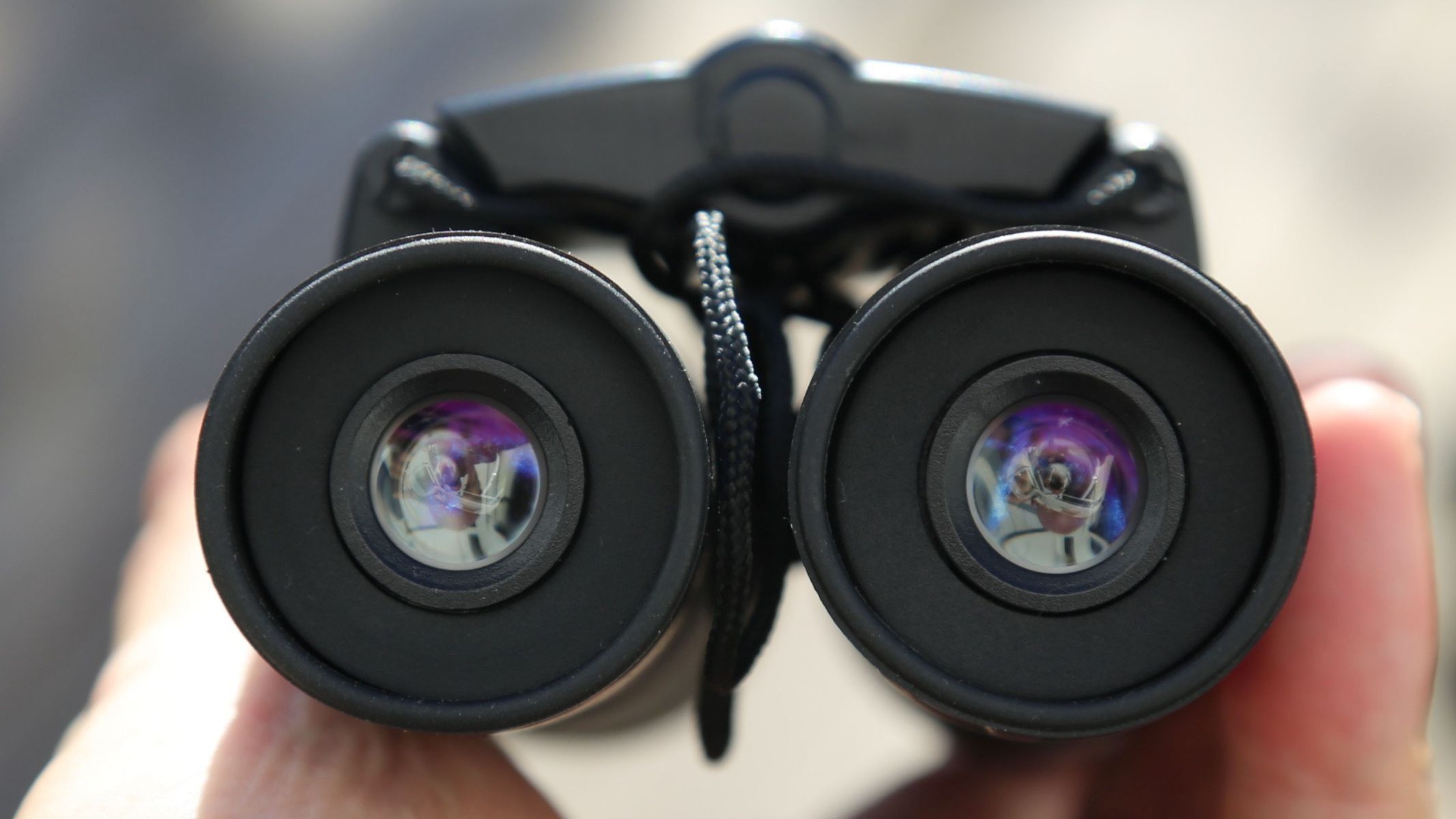
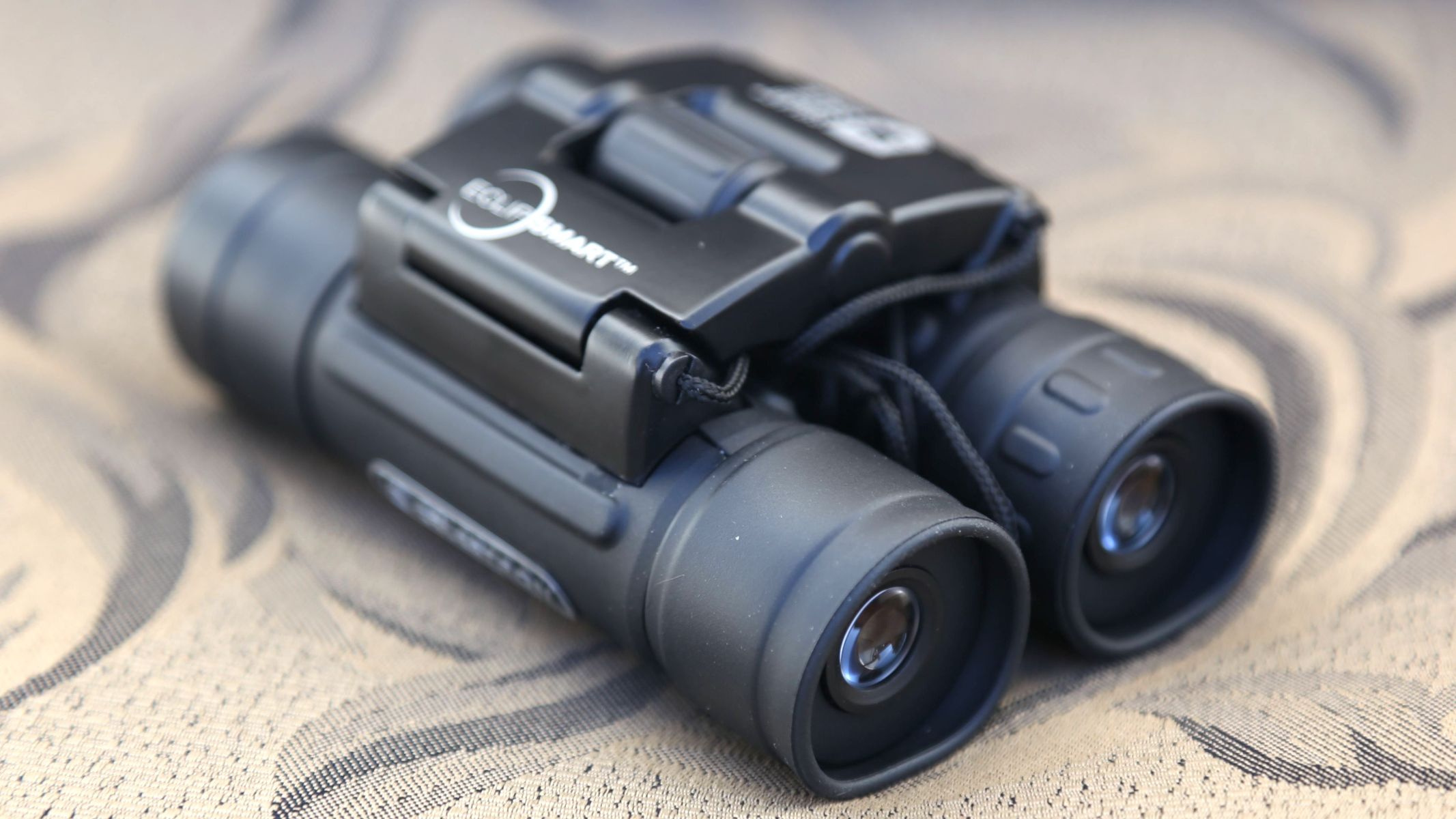
Specifications
Reasons to buy
Reasons to avoid
✅ You don't want to spend loads: They strike a good balance between quality and affordability.
✅ You want a small and lightweight pair: They are pocket-sized and lightweight — great for taking away with you.
❌ You don't want something small and fiddly: If you have larger hands, they could be fiddly to use due to their small size.
❌ You're a seasoned skywatcher: They're noticeably lower quality than premium binoculars, and their shortcomings would likely frustrate more experienced users.
🔎 Celestron EclipSmart 10x25: For an affordable alternative to solar eclipse glasses for safely viewing the sun, look no further than this pair of compact, travel-friendly and impressive binoculars with built-in solar filters. ★★★★
The Celestron EclipSmart 10x25s are a great pair of binoculars for those who want to get great views of the sun without shelling out too much. As we said in our Celestron EclipSmart 10x25 solar binocular review, they are a lightweight pair that are comfortable to wear around your neck for lengthy periods of time without feeling the strain. They also meet the ISO 12312-2 safety standard and they block infrared (IR), ultraviolet (UV) and 99.99% of visible light. Although their design is on the more basic side, they do a great job for the price.
The magnification is slightly less, 10x rather than 12x, and the amount of light this pair lets in is half, 25mm rather than 50mm. They're roughly half as heavy, though, thanks to their smaller size and roof prism design. They're also much easier for the uninitiated or those only looking to catch a quick glimpse of the sun. All that means they're also around half as much to buy.
Anyone with bigger hands might find them a bit fiddly and cumbersome, but their compact design makes them wonderfully portable. They are designed to be travel-friendly, and their roof prism design helps keep the body slim for convenience.
When it comes to the view, it's best described as an upgrade on solar glasses rather than a premium solar viewing device. We wouldn't describe the image as spectacular, or particularly bright, but you do see a lot more than you would with solar glasses. If you simply want to track the progress of the eclipse without seeing that much detail, they're ideal.
- Read our full Celestron EclipSmart 10x25 solar binocular review
Attributes | Notes |
|---|---|
Design | Small and portable roof prism design. |
Performance | Not optically amazing. |
Functionality | Best used for tracking the progress of a solar eclipse. |
Best all-rounder
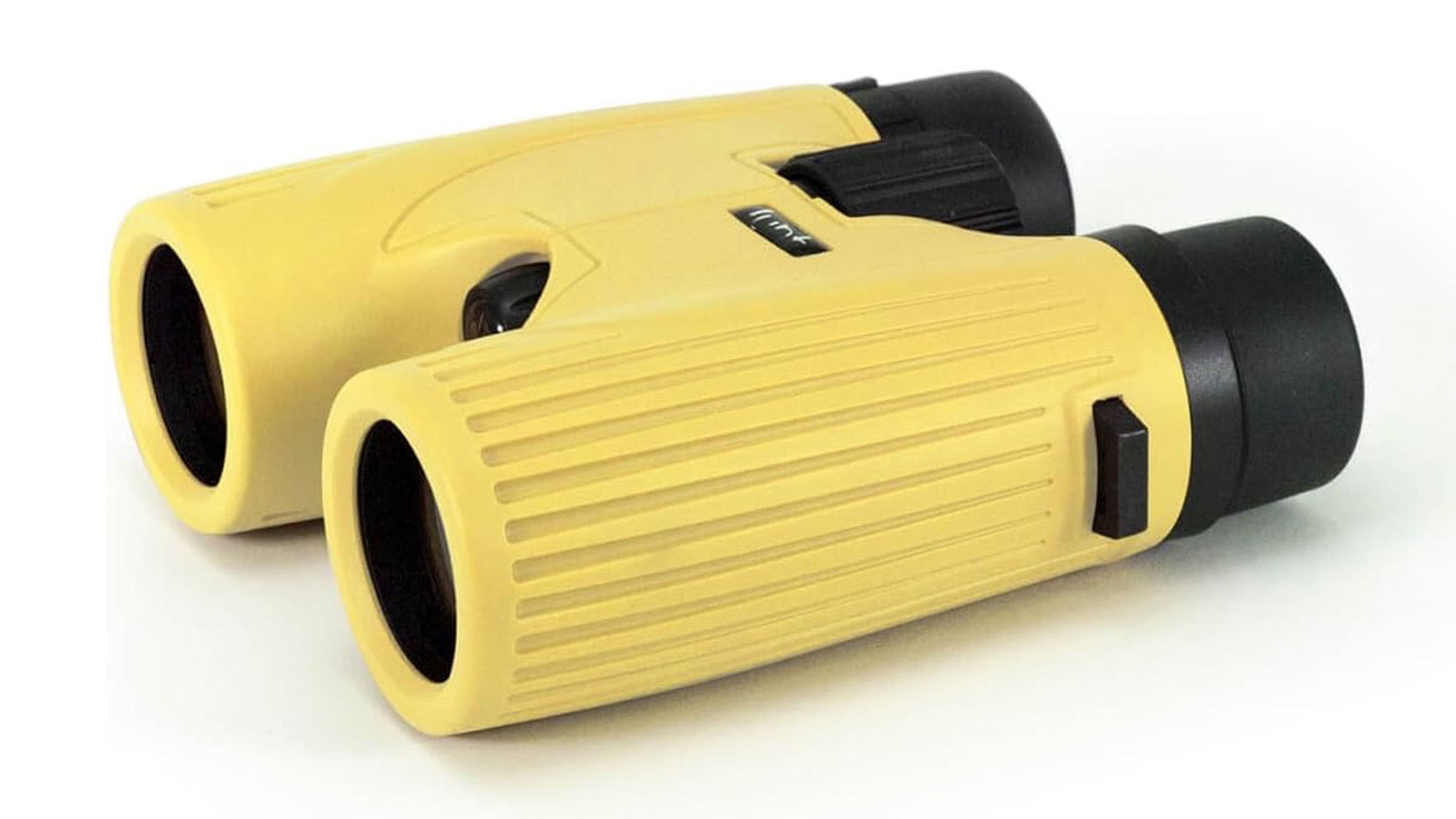
Specifications
Reasons to buy
Reasons to avoid
✅ You wear glasses: They're suitable to use with glasses and sunglasses.
✅ You want something compact and lightweight: There are certainly lighter options available, but at 1.12 lbs / 508g, they're great for taking away with you.
❌ You're on a budget: There are much cheaper options available.
❌ You want to use a tripod: This model lacks any kind of tripod connection.
🔎 LUNT 8x32 SUNoculars: While they're pricier than the other options, these solar binoculars provide decent magnification, are lightweight and portable, easy to use and produce pleasing images of the sun. ★★★★★
For a more premium pair of solar binoculars, you should consider the LUNT 8x32 SUNoculars — which offer good-quality views in a lightweight and compact package. That said, you will be expected to pay a little over the odds for them.
Thanks to their roof prism design, they're compact and lightweight — meaning they're ideal while you're on the go, while users have highlighted the hard plastic covering and eyecups for convenience. You can, for example, comfortably wear them with glasses or sunglasses. They also come with a soft case, strap, lens caps and cleaning cloth — as well as a one-year warranty.
Chief among its best features are front-mounted fully dense white light glass filters that make solar observation completely safe, because they block all UV and IR light. While you won't be able to get as close a look at the sun with its 8x magnification, you can still track the movement of the moon and make out all the sunspots you wish. The slightly lower magnification also means it won't be as hard to find the sun in the sky when you look through them. The 32mm objective lens size sits nicely in between the two Celestron pairs we mentioned above, giving a pleasing, bright image of the sun.
They come in four different colors: yellow, red, blue, and black. We think the colorful options are a smart choice to make it obvious what they are so you don't accidentally pick up your pair of regular binoculars and damage your eyesight (something you could easily do with the two Celestron pairs).
- Read our full Lunt SunOculars 8x32 solar binoculars review
Attributes | Notes |
|---|---|
Design | Great build quality, and eye catching colors sets them apart from standard binoculars. |
Performance | Produces a bright, white image of the sun. |
Functionality | Comes with useful accessories. |
Best budget pair
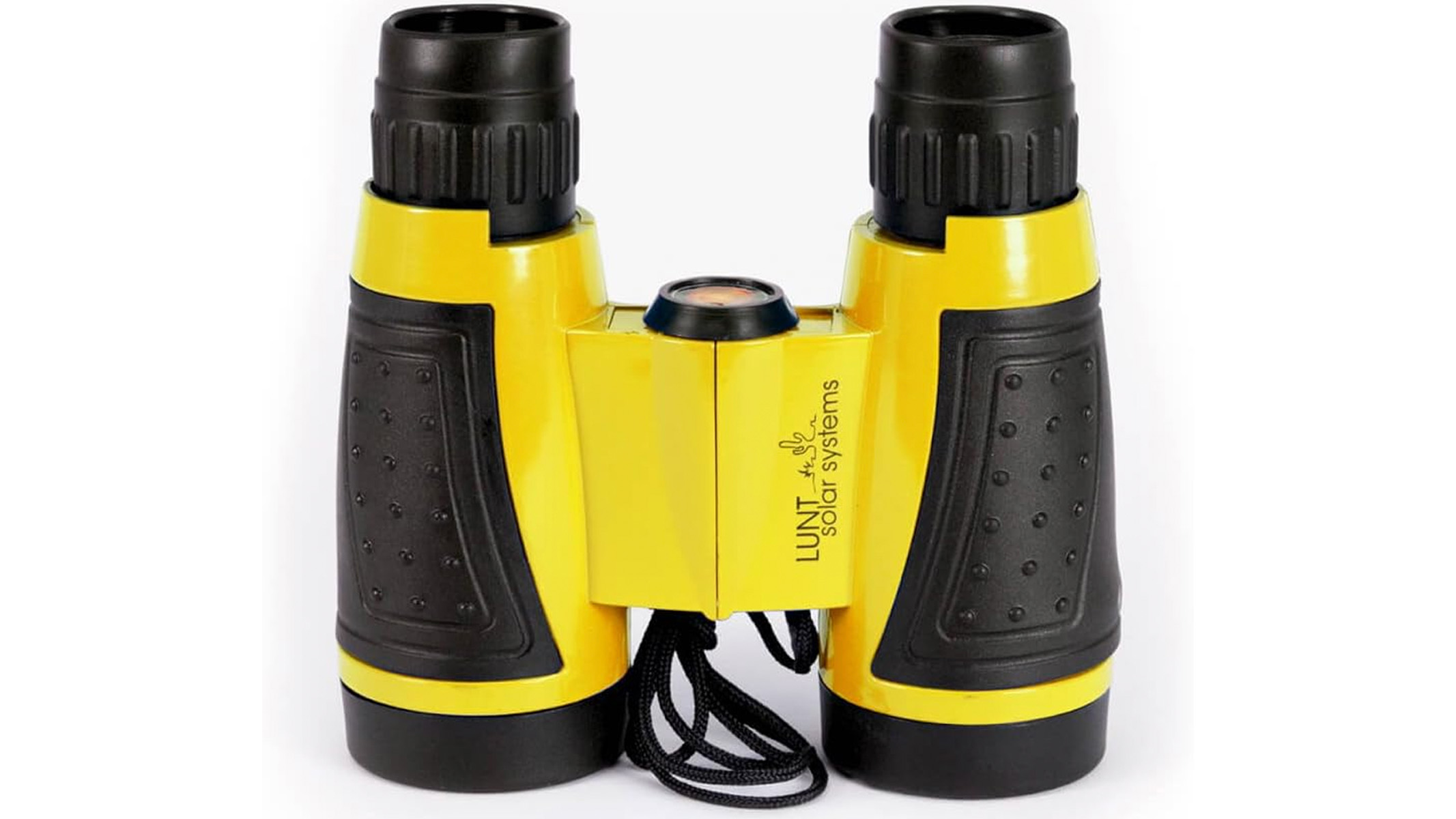
LUNT 6x30 mini SUNoculars
Our expert review:
Specifications
Reasons to buy
Reasons to avoid
✅ You want something affordable: They're great value for money and won't break the bank.
✅ You want something small and lightweight: They're perfectly pocket-sized making them great for traveling and easy for younger users to hold.
❌ You want to mount them on a tripod: They don't feature a tripod adaptor jack, so you won't be able to use them on a tripod.
❌ You want high magnification: If you want to see more details on the sun's surface and sunspots, you'll want to go for a pair with higher magnification.
🔎 LUNT 6x30 mini SUNoculars: Affordable, compact and lightweight — they're ideal for kids and adults who want to safely track the moon's movement across the sun during an eclipse. ★★★★
Look no further than the LUNT 6x30 mini SUNoculars for a pair of low-cost solar binoculars that will give you fantastic views of the sun without costing the Earth. They're an affordable pair that are built with high-quality lenses, and the front filters are made from CE-certified film, guaranteeing fantastic viewing quality. You can also benefit from zero UV and IR exposure, which would otherwise risk permanent damage to your eyes.
While you can't make out any sunspots with its 6x magnification, this pair is great if you want to track the movement of the moon as it passes the sun during the total eclipse. The eyepieces need to be focused separately, which some users find inconvenient, but for an eclipse, you only need to focus them once, so it shouldn't be too much of an issue for such an affordable pair of solar binoculars.
They're pocket-sized and incredibly portable, not to mention lightweight, which helps younger users hold them steady for longer and makes them comfortable to have around your neck for long periods. Just make sure kids and younger users have adult supervision when using them.
They don't come with any extras like eyecups or any kind of storage box or bag, but for the price, you really can't complain. They also don't have a tripod adaptor jack, which isn't totally surprising, so if you wanted a pair you could mount on a tripod, take a look at the other options on this list.
They're available in three eye-catching colors — yellow, red and blue, and there's also a regular size which is, predictably, bigger and heavier (and much more expensive) than the minis.
Attributes | Notes |
|---|---|
Design | Eye catching design. |
Performance | Magnification too low to make out sunspots. |
Functionality | Eyepieces need to be focused separately. |
Best solar binoculars: Comparison
Product | Rating | Design | Magnification | Objective | Eye relief | Weight | Durability |
|---|---|---|---|---|---|---|---|
Celestron EclipSmart 12x50 | ★★★★ | Porro prism | 12x | 50mm | 0.47-inches / 12mm | 31.5 oz / 892g | Water resistant |
Celestron EclipSmart 20x50 | ★★★★ | Porro prism | 20x | 50mm | 0.31-inches / 8mm | 32.0 oz / 907g | Water resistant |
Celestron EclipSmart 10x25 | ★★★★ | Roof prism | 10x | 25mm | 0.4-inches / 10mm | 11.15 oz / 316g | Water resistant |
LUNT 8x32 SUNoculars | ★★★★ | Roof prism | 8x | 32mm | 13.6mm | 1.12 lbs / 508g | Not stated |
LUNT 6x30 mini SUNoculars | ★★★★ | N/A | 6x | 30mm | 9mm | 5.6oz / 157g | Not stated |

Kimberley Lane is a landscape & seascape photographer living in South Wales. Originally using photography as a way to cope with health issues, she aims to portray a feeling of calm and peace through her images. Her work has been featured in a number of national photography magazines.
Best solar binoculars FAQ
What are the best binoculars for viewing the sun?
The Celestron EclipSmart 12x50 are the best binoculars for sun viewing due to their 12x magnification and 50mm objective lenses providing bright views. Their ISO certified solar capability makes them completely safe to view the sun, too.
Can I view the solar eclipse with regular binoculars?
No, you must never look at the sun with regular binoculars. Not unless they are protected with filter adapters that conform to ISO 12312-2 international safety standards.
Are solar binoculars safe?
Provided they conform to the ISO 12312-2 international safety standard and block infrared (IR), ultraviolet (UV) and 99.99% of visible light, then yes, solar binoculars are safe to view the sun with. The in-built solar filters block 99% of the light, so when you look at the sky, the sun is the only thing you can see with them.
Should I buy solar binoculars if I already have regular binoculars?
If you already own a good pair of binoculars, you can purchase separate solar filters to attach to them instead of buying a new pair of solar binoculars. But if you plan on viewing the sun a lot, it might be best to invest in a pair of specialized solar binoculars.
Do solar binoculars work for stargazing?
As solar binoculars block 99% of visible light, they will not work for stargazing as they'll block any starlight out completely. Binoculars for stargazing need to gather as much light as possible, whereas solar binoculars need to block out as much light as possible.
Update log
Editor's note: Update 5/21/25 to include information about September's eclipse, current sunspots and to add in updated reviews.
How we test the best solar binoculars
How we test the best solar binoculars
At Space.com, we want to ensure that you get honest and up-to-date recommendations on the best solar binoculars to purchase. To achieve this, we subject every product to a rigorous review process, where we evaluate its construction, design, optical performance, and overall functionality in the field.
Our expert staff and knowledgeable freelance contributors extensively test each product to ensure that we provide unbiased reviews based on factors such as price, category, and intended use.
We maintain complete editorial independence, ensuring that our buying guides and reviews are reliable and transparent. Our goal is to provide you with the best buying advice, whether it means purchasing an instrument or not.
If this guide has inspired you to invest in some astronomy gear, check out the best telescopes, best binoculars and best cameras to get you started.
Breaking space news, the latest updates on rocket launches, skywatching events and more!

Kimberley Lane is a landscape & seascape photographer living in South Wales. Originally using photography as a way to cope with health issues, she aims to portray a feeling of calm and peace through her images. Her work has been featured in a number of national photography magazines.
- Harry BennettE-commerce Staff Writer
- Jase Parnell-BrookesManaging Editor, e-commerce
